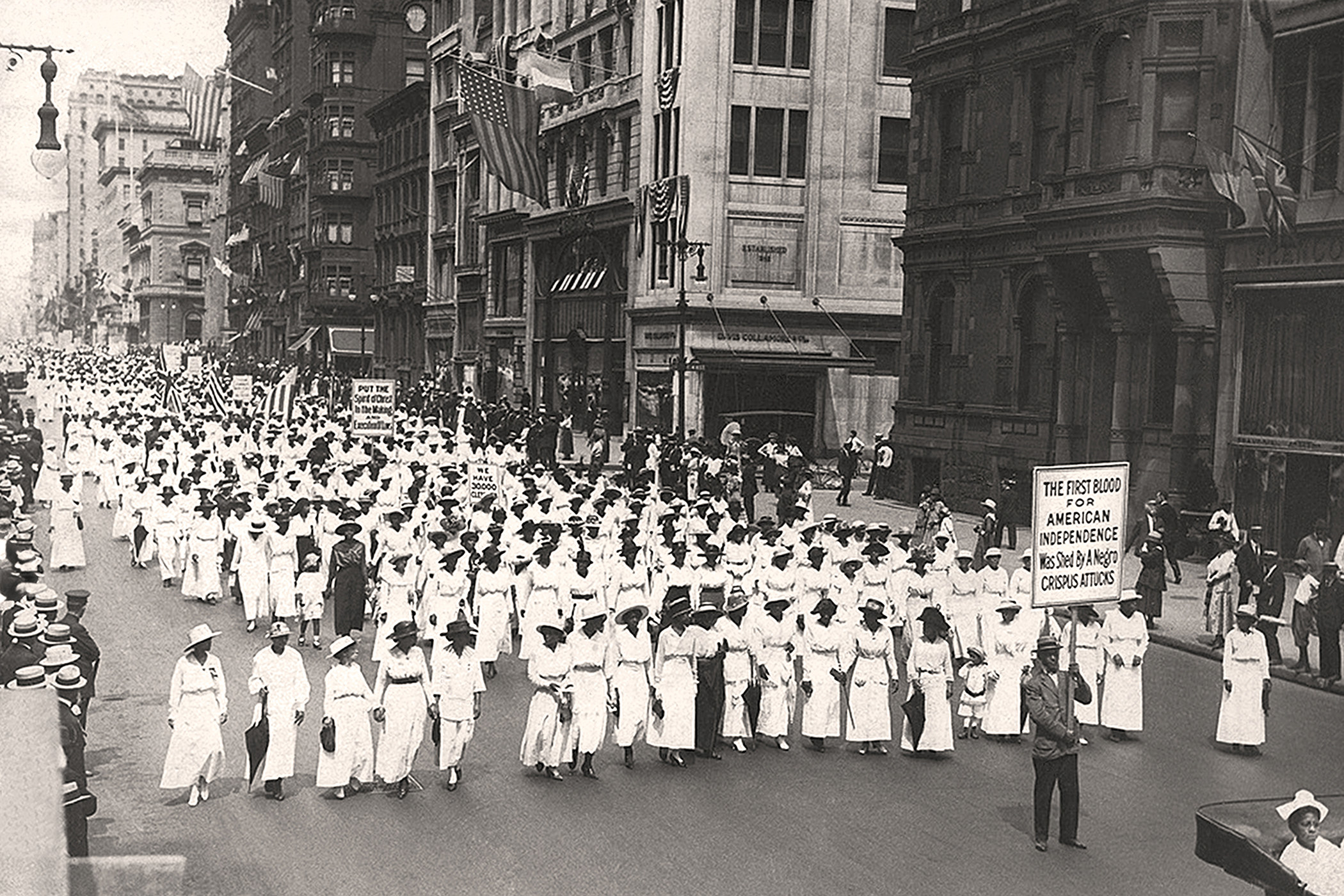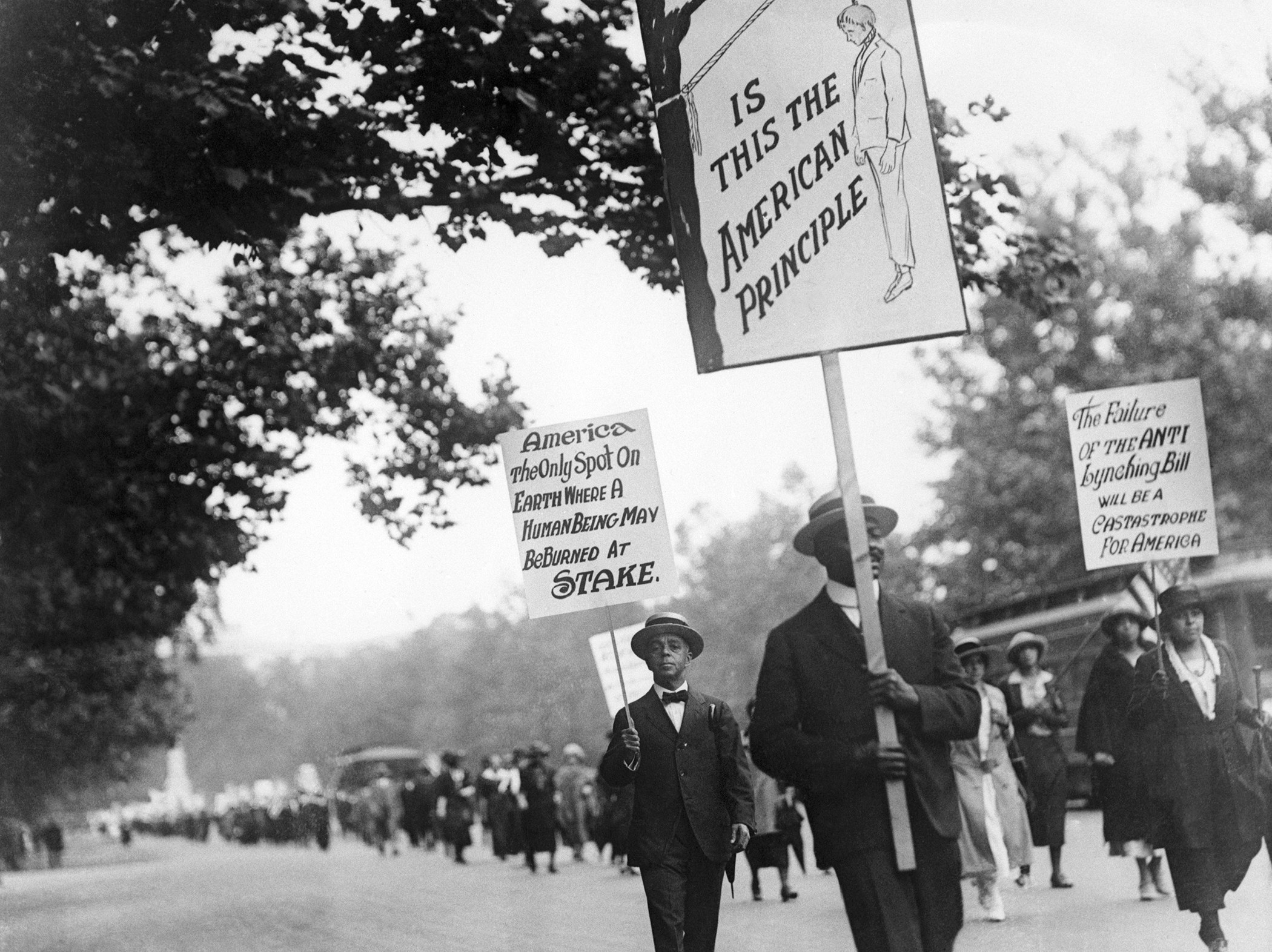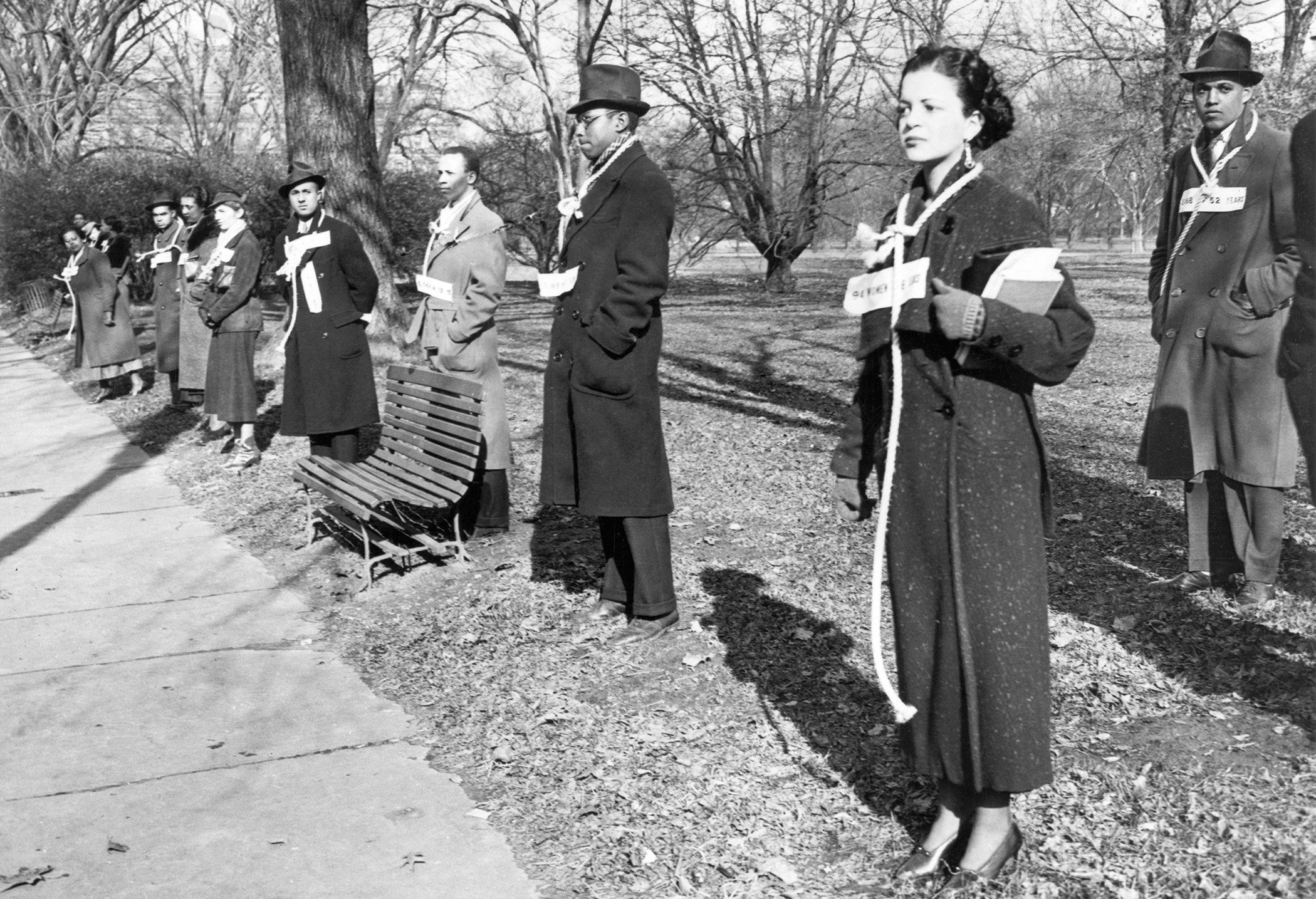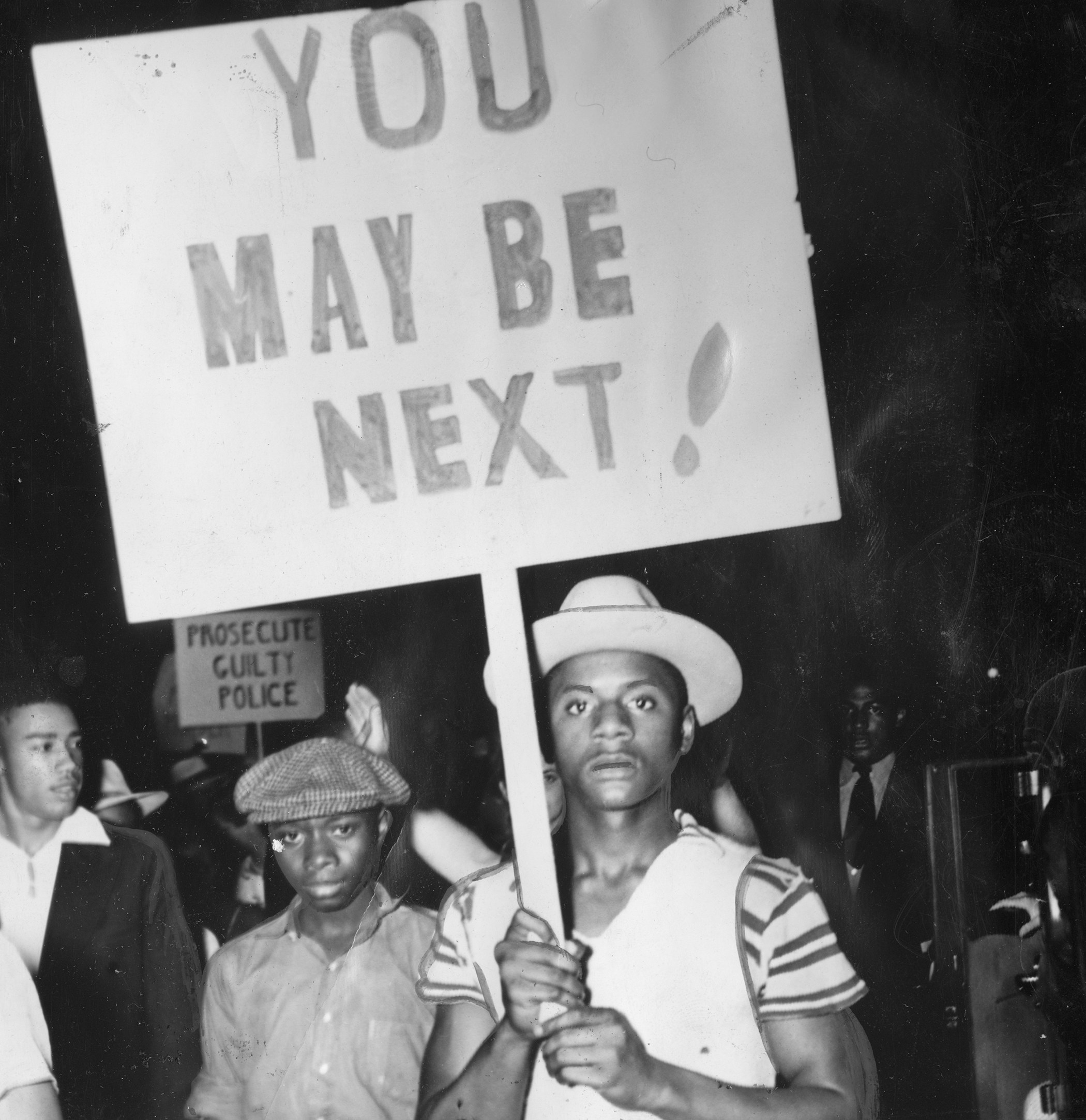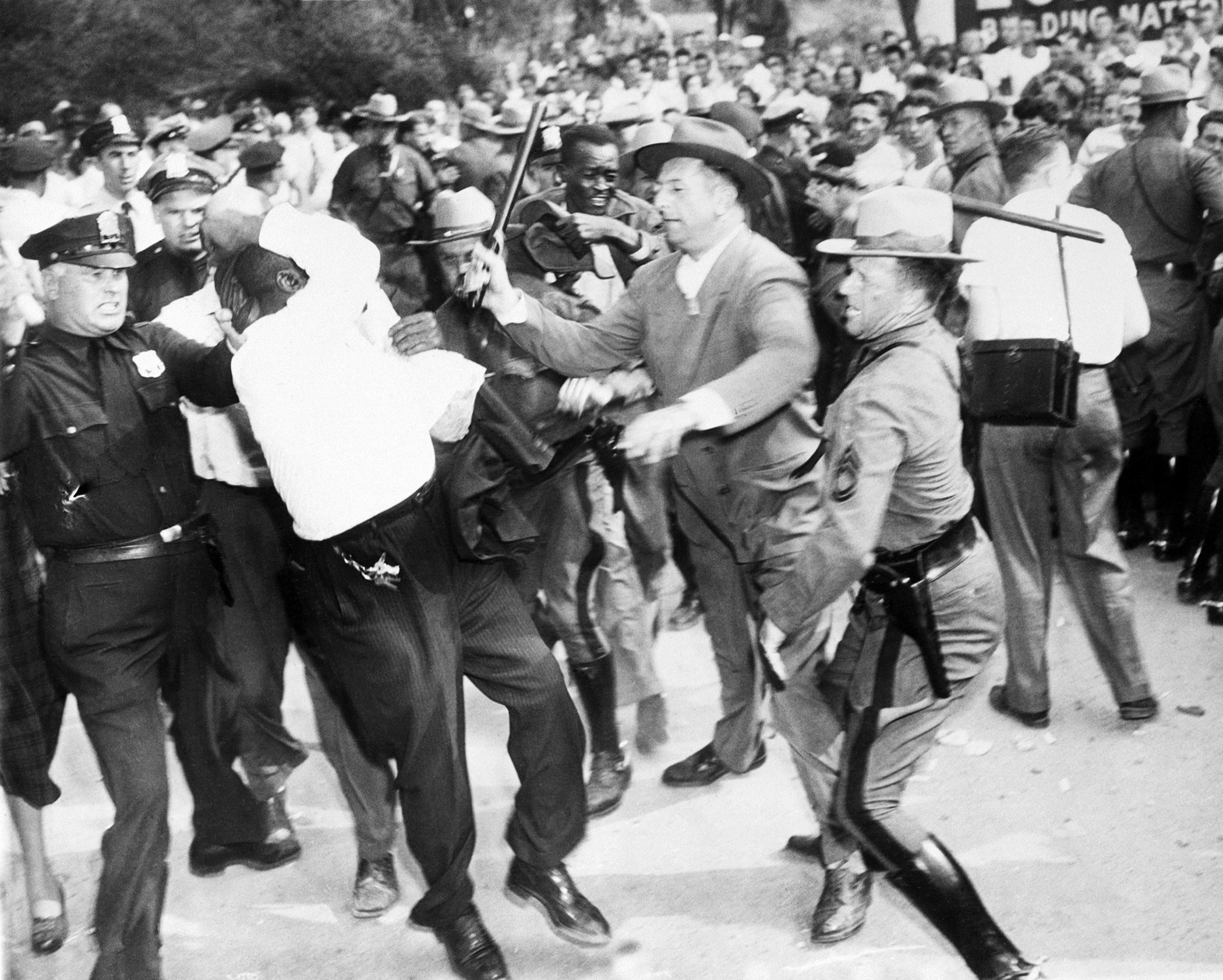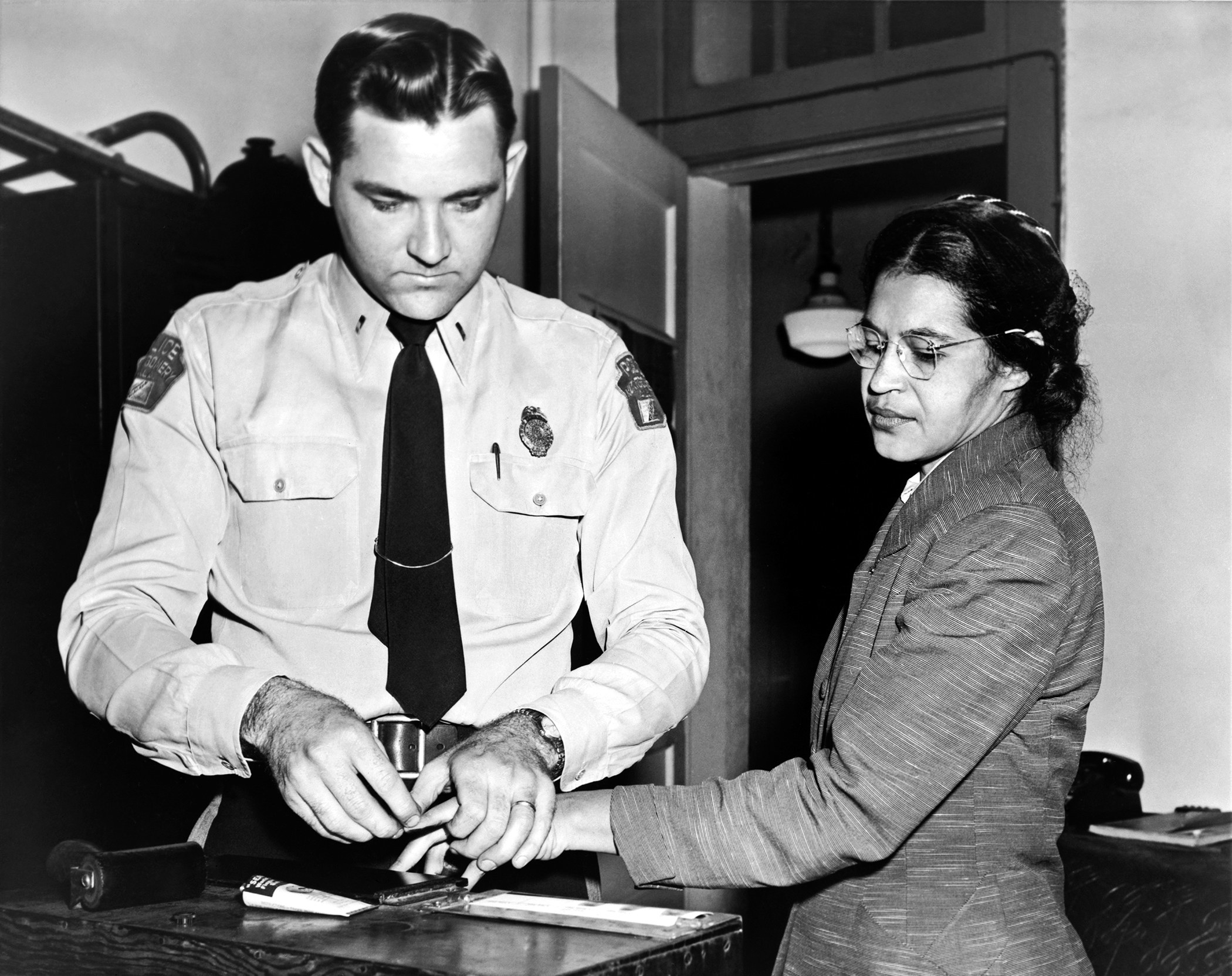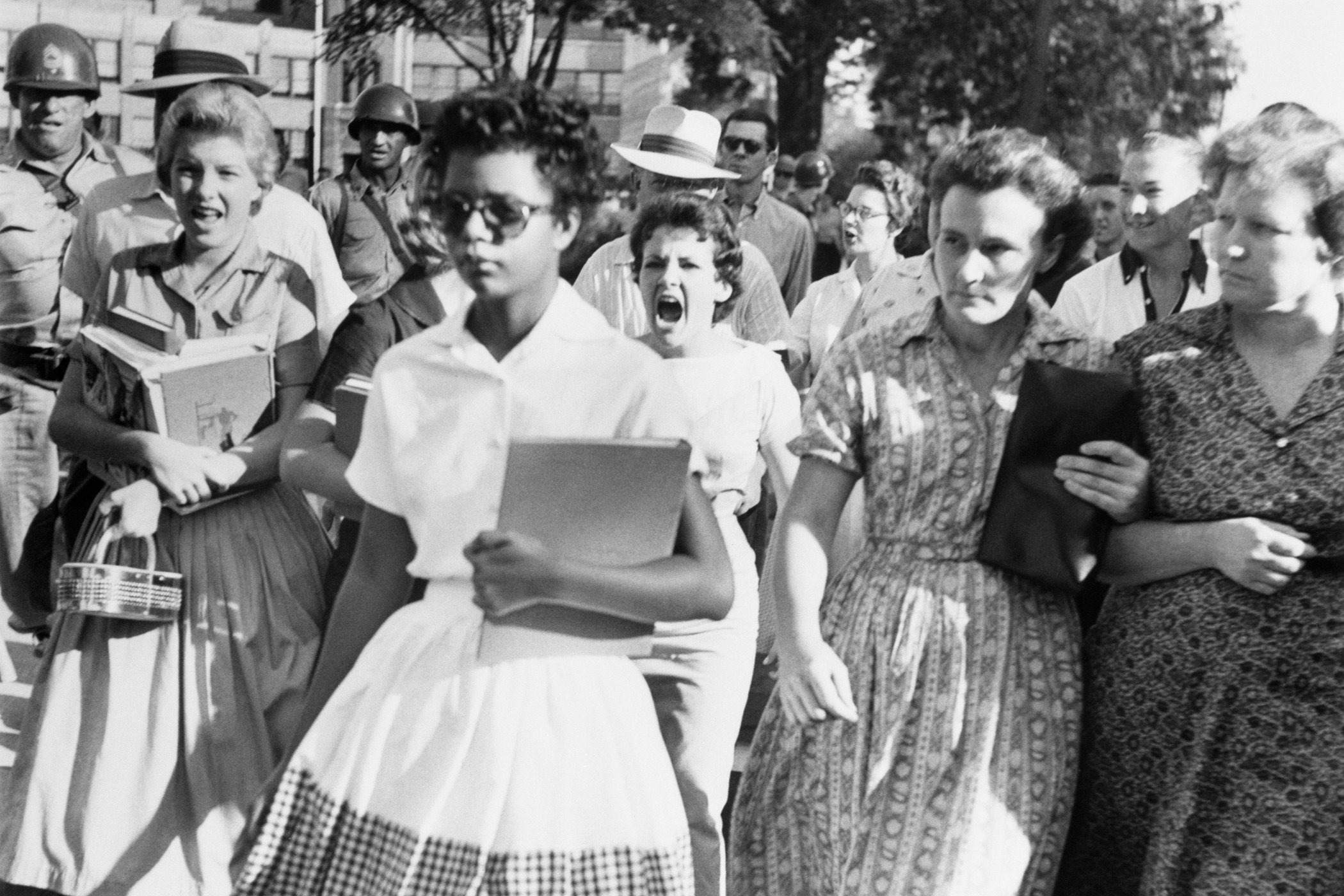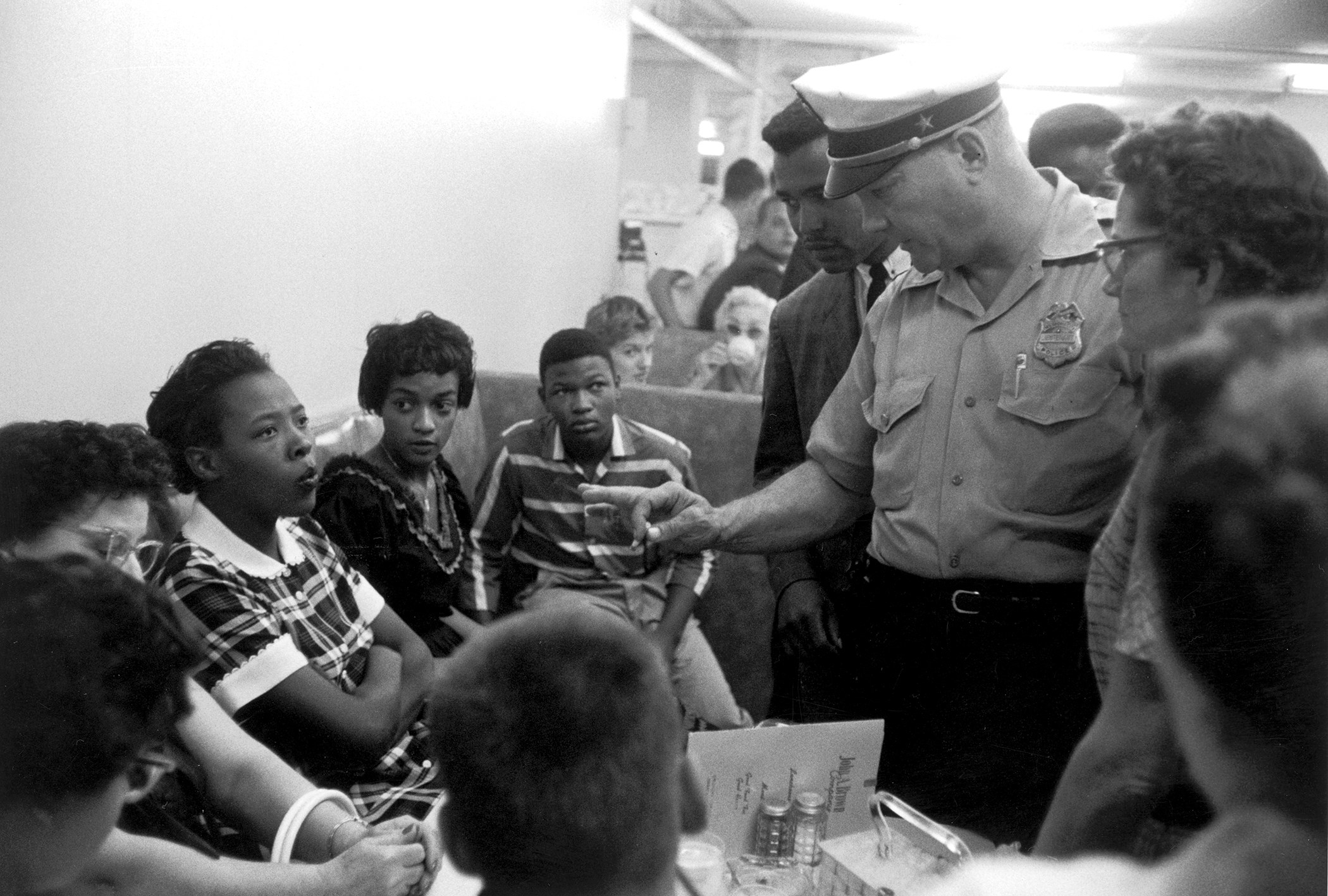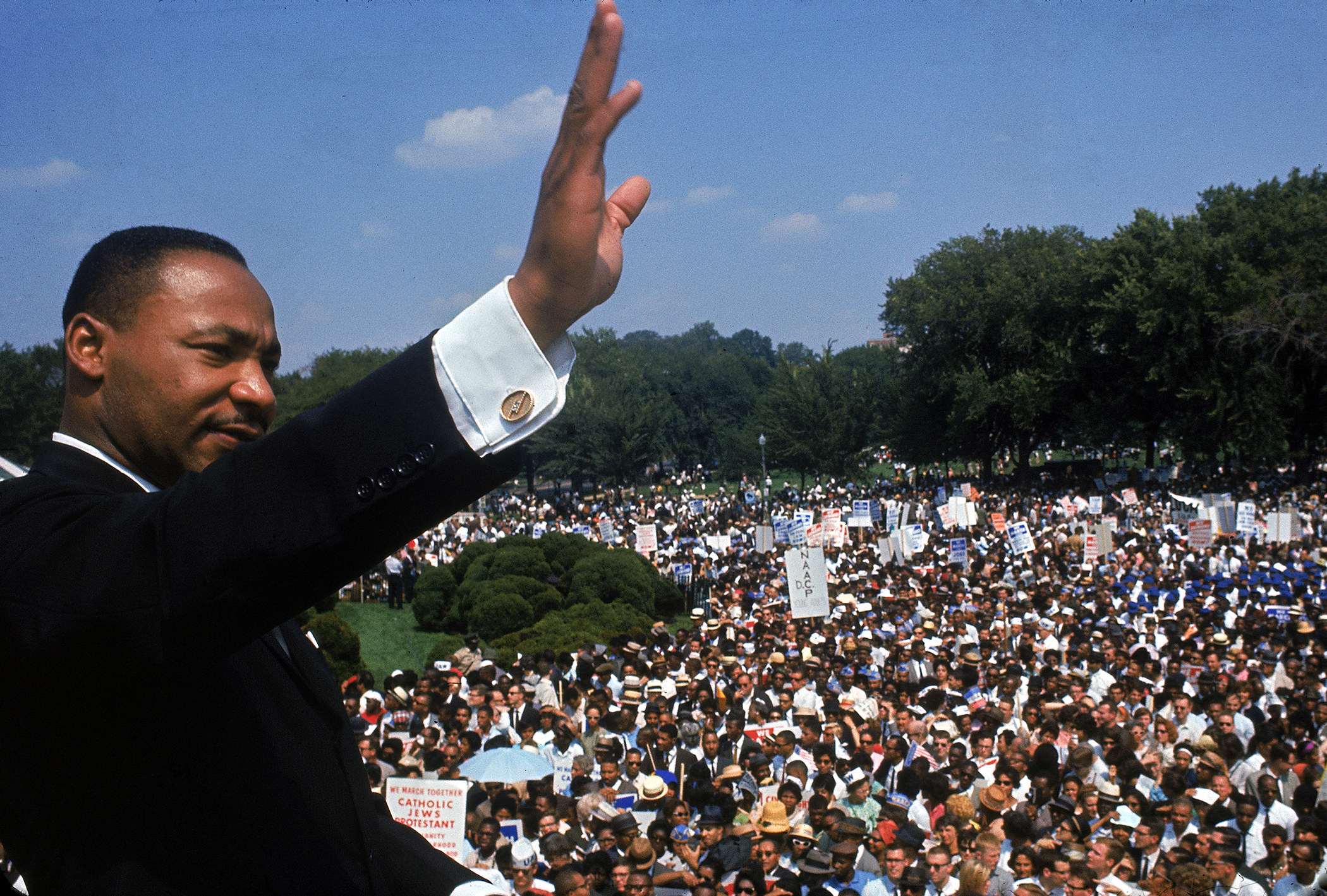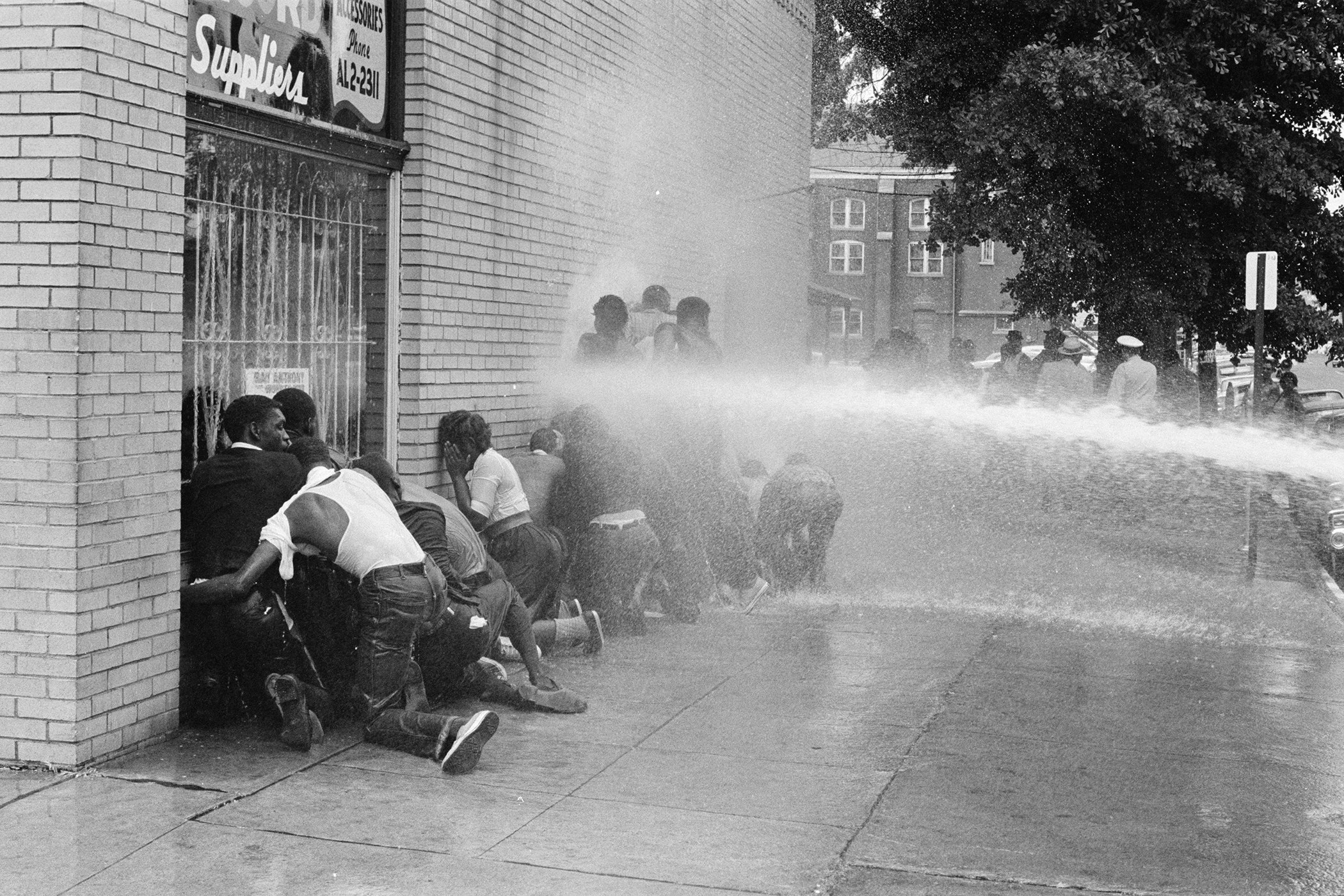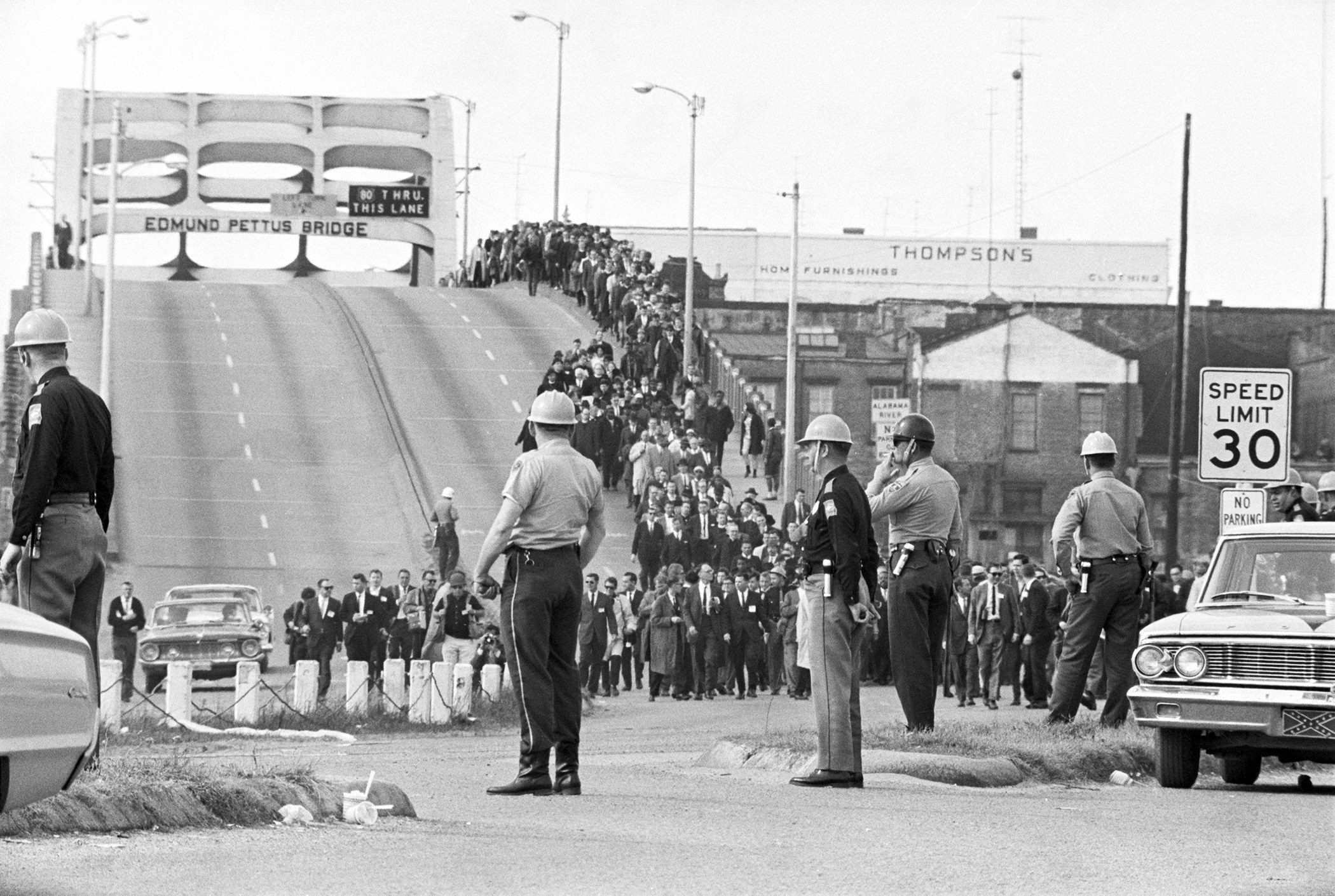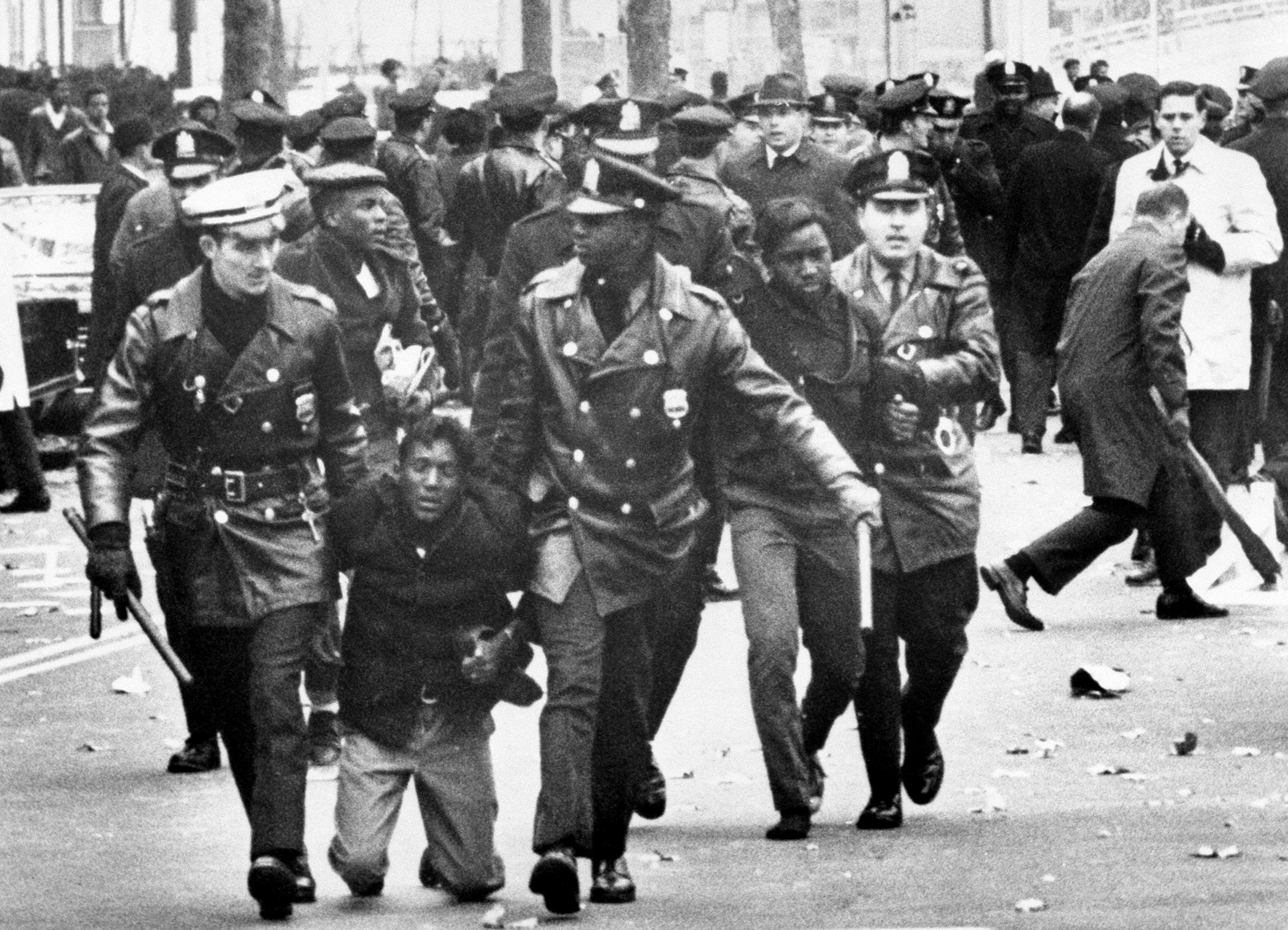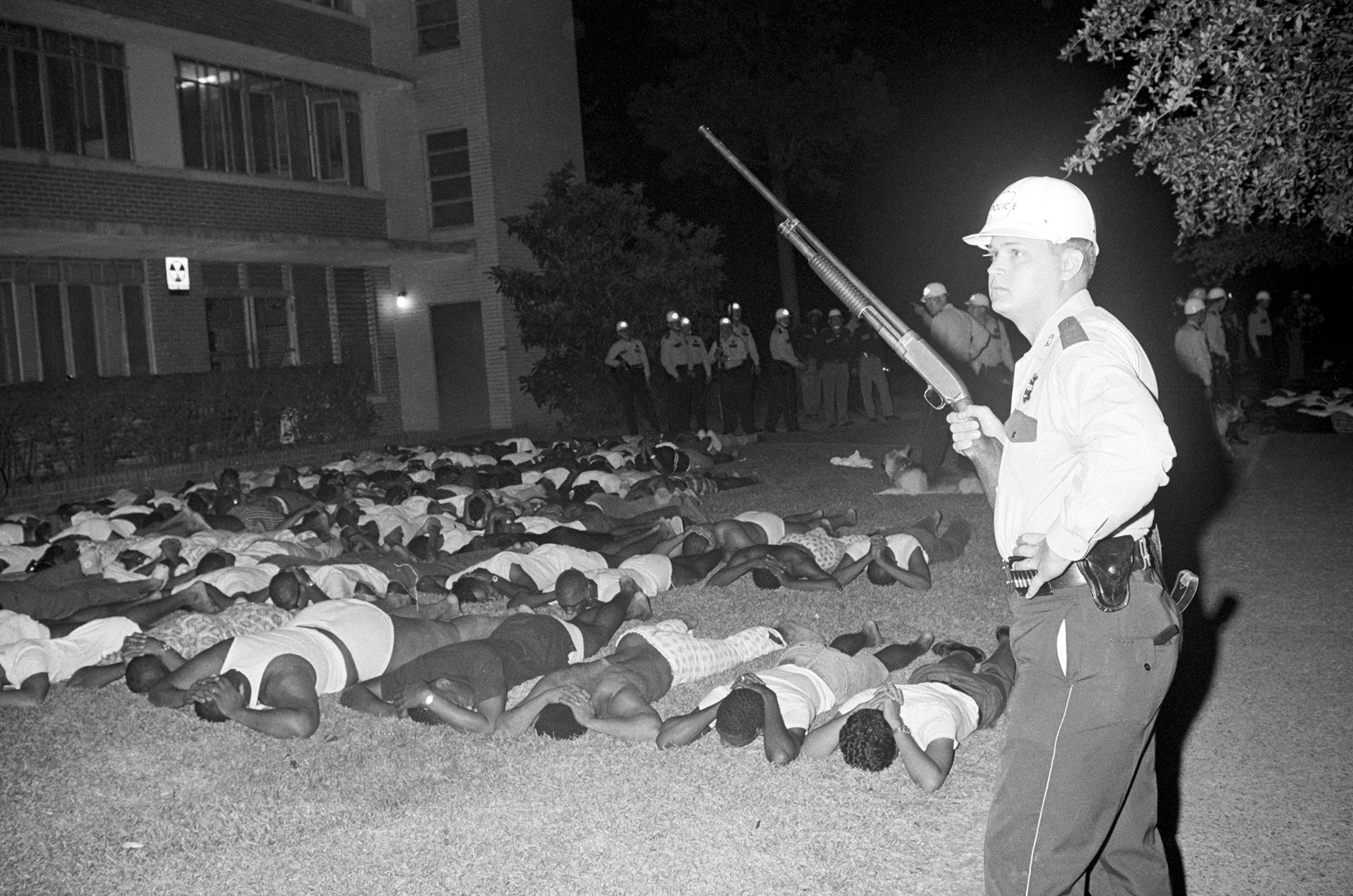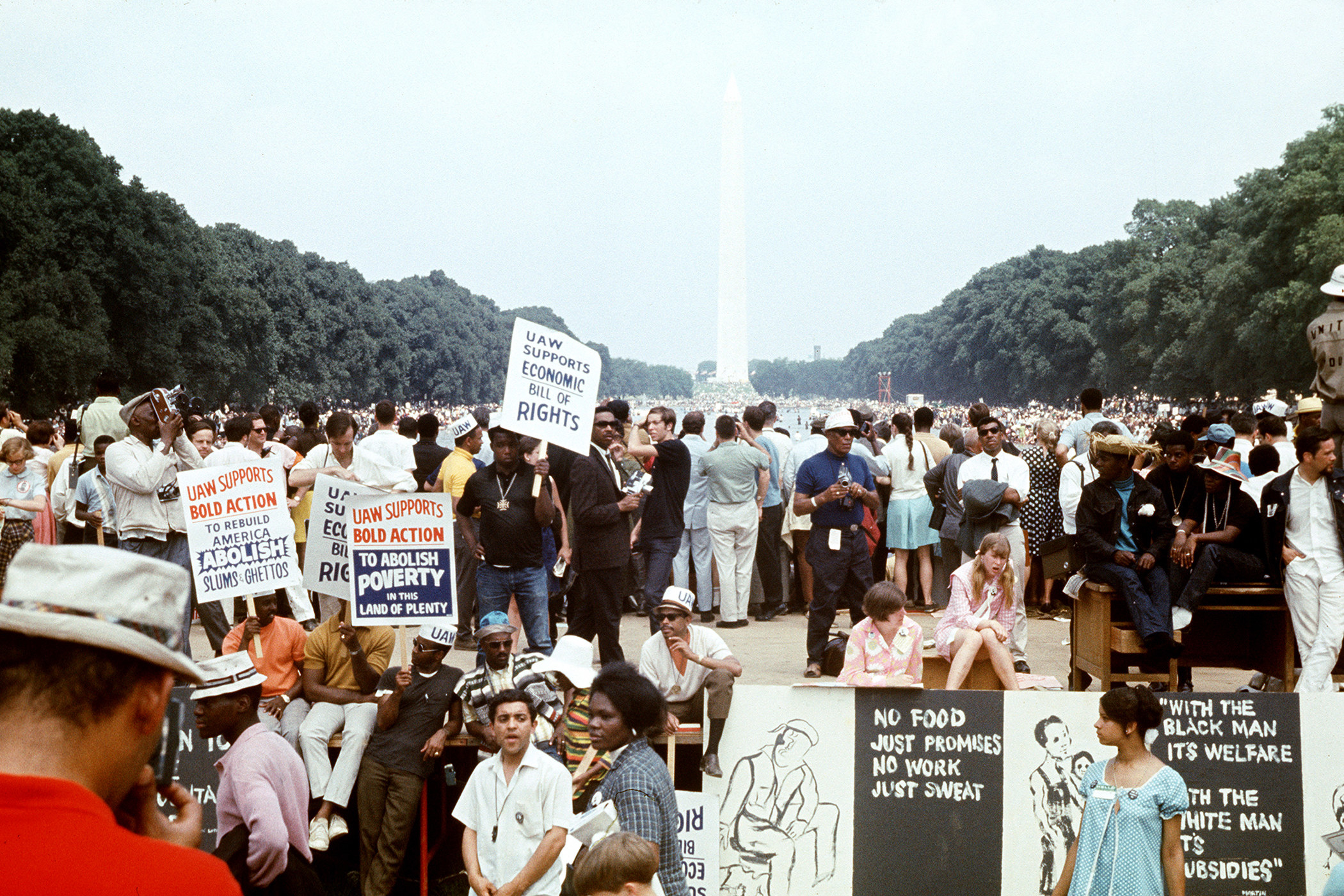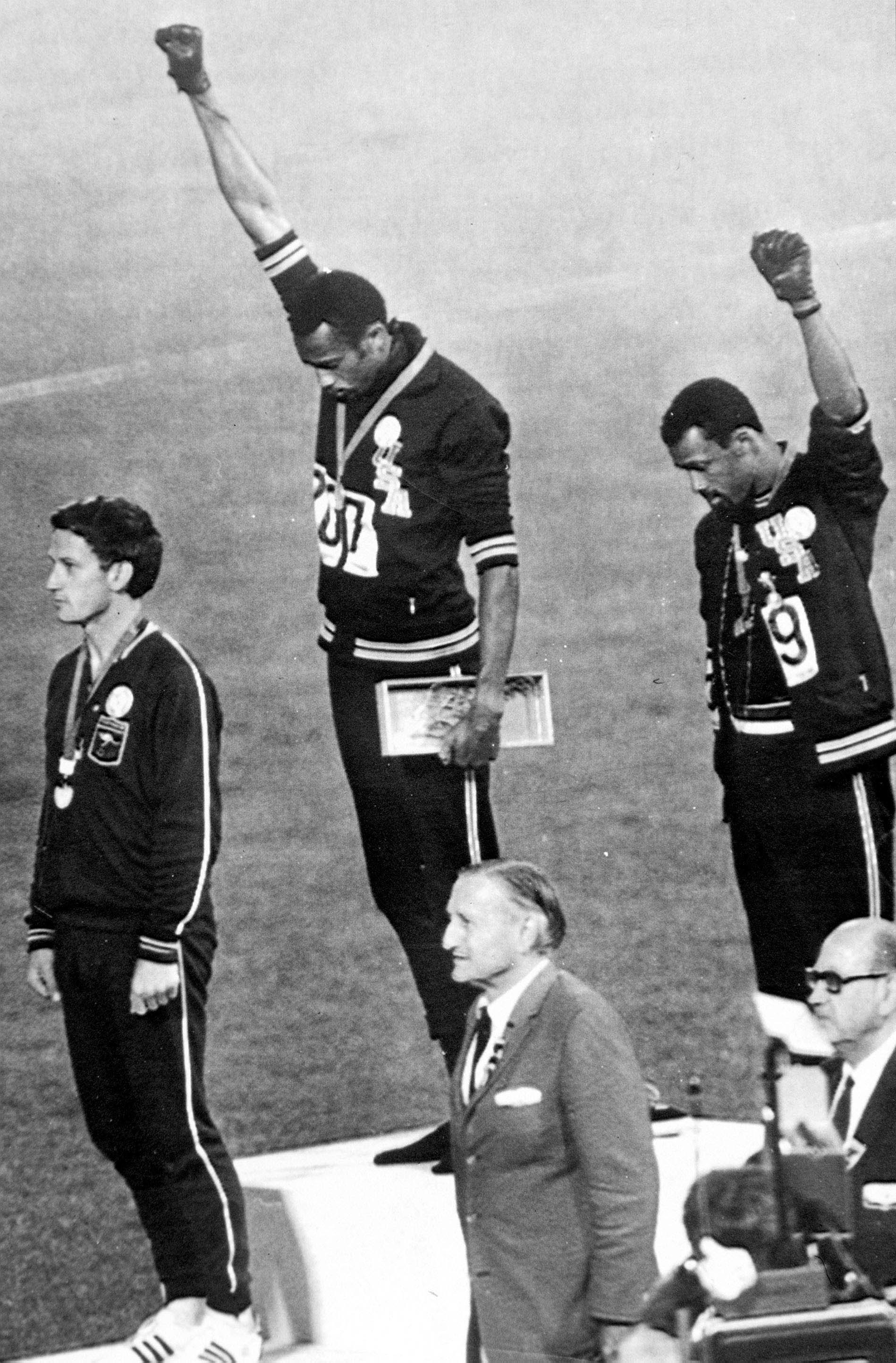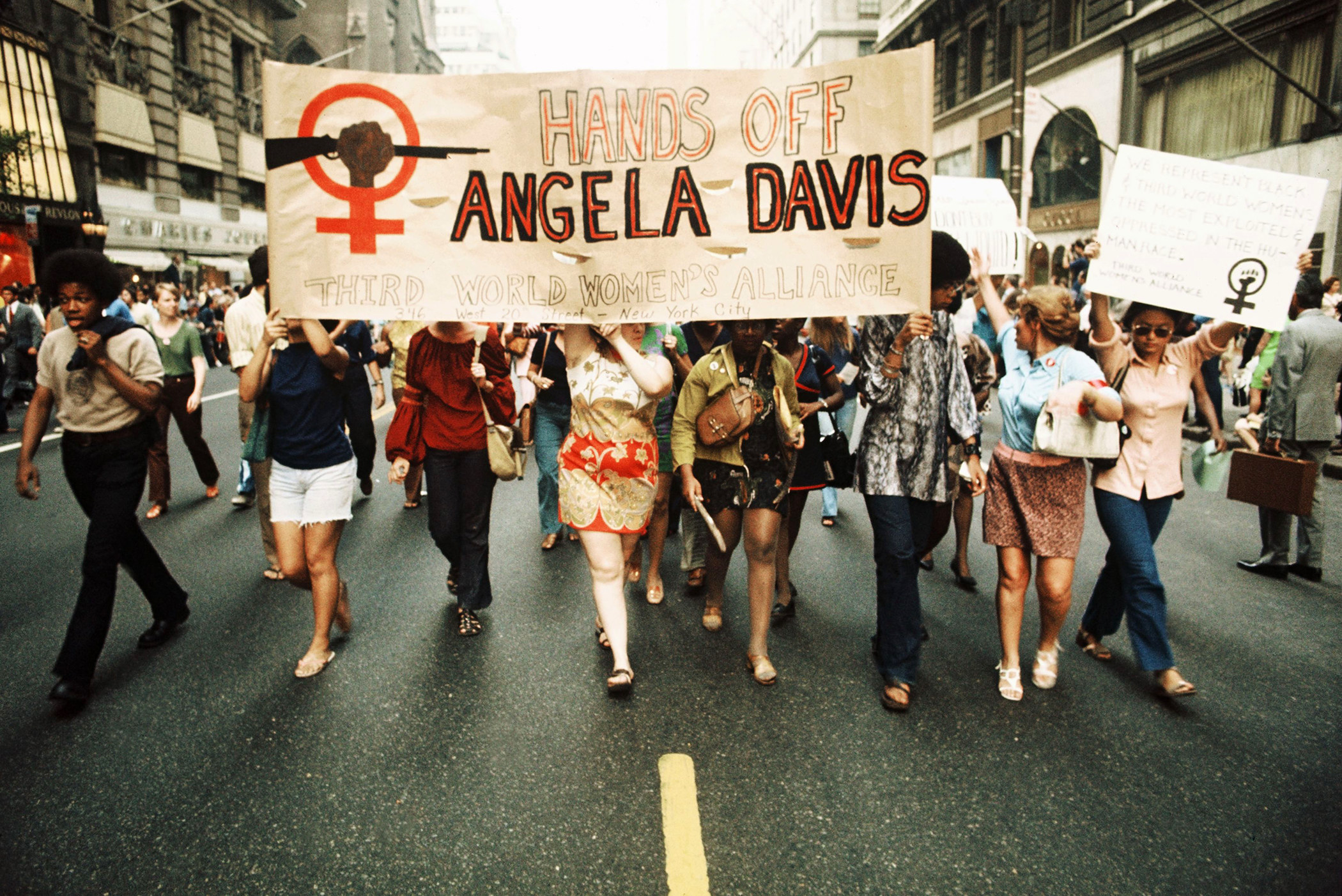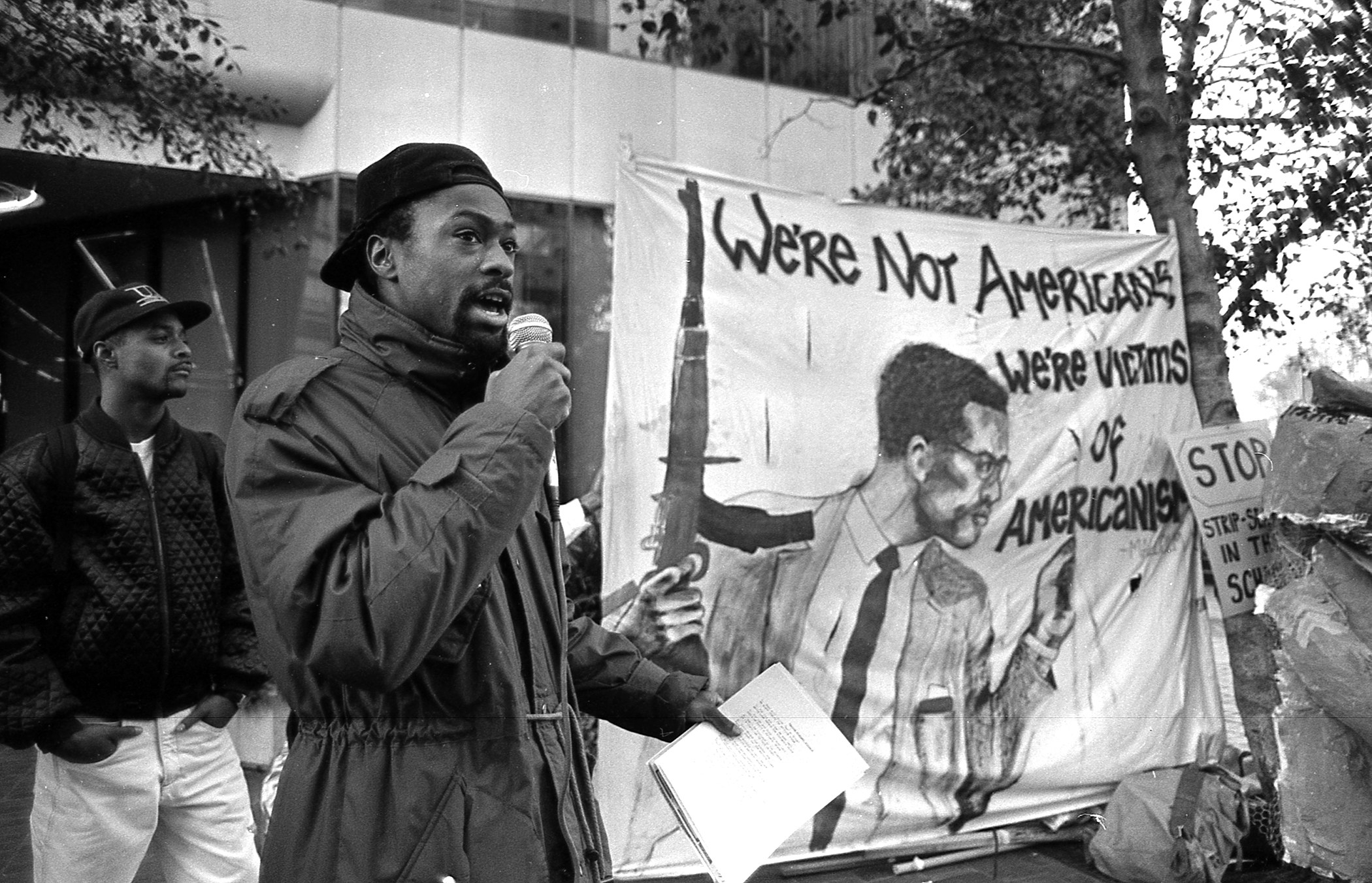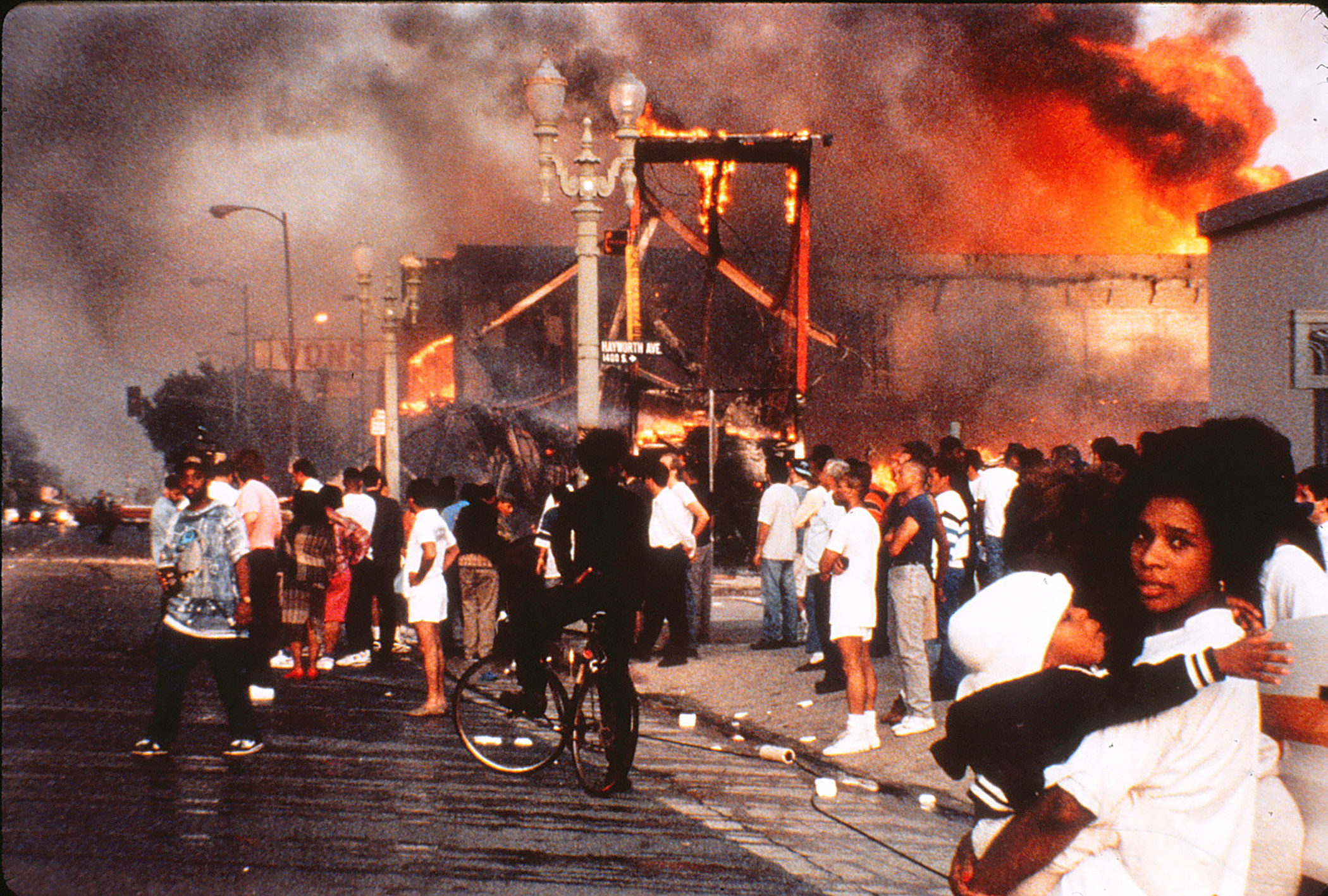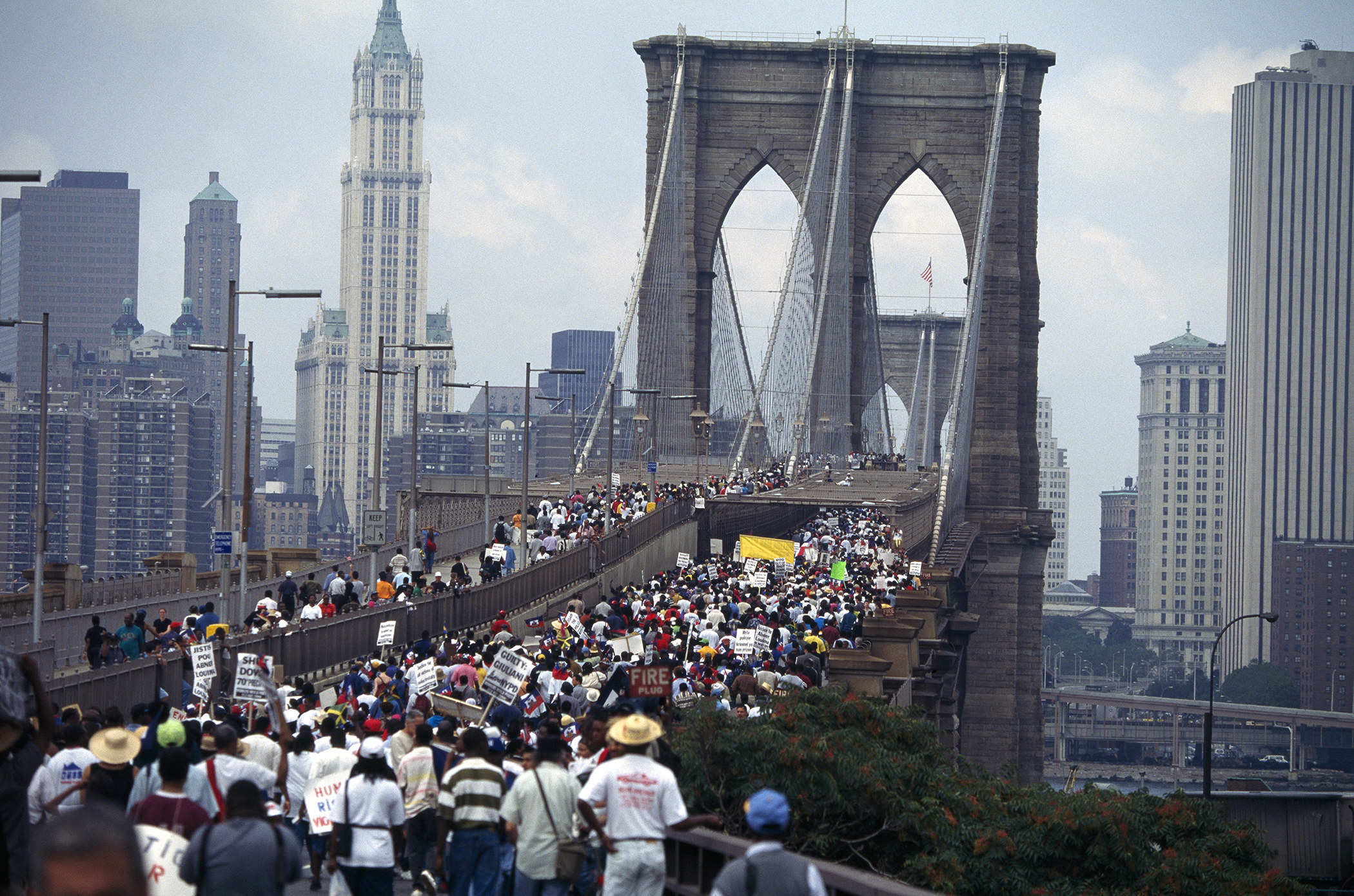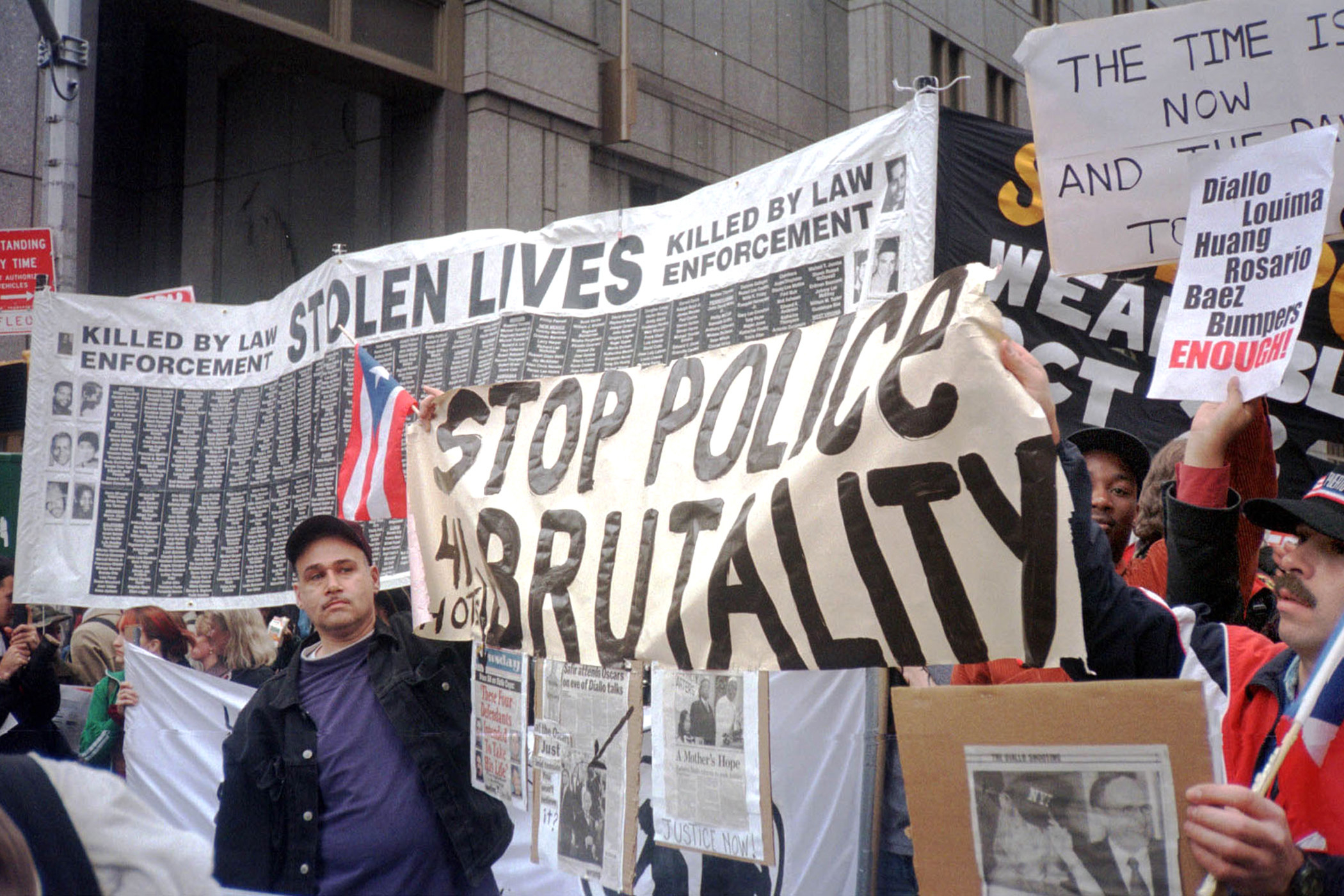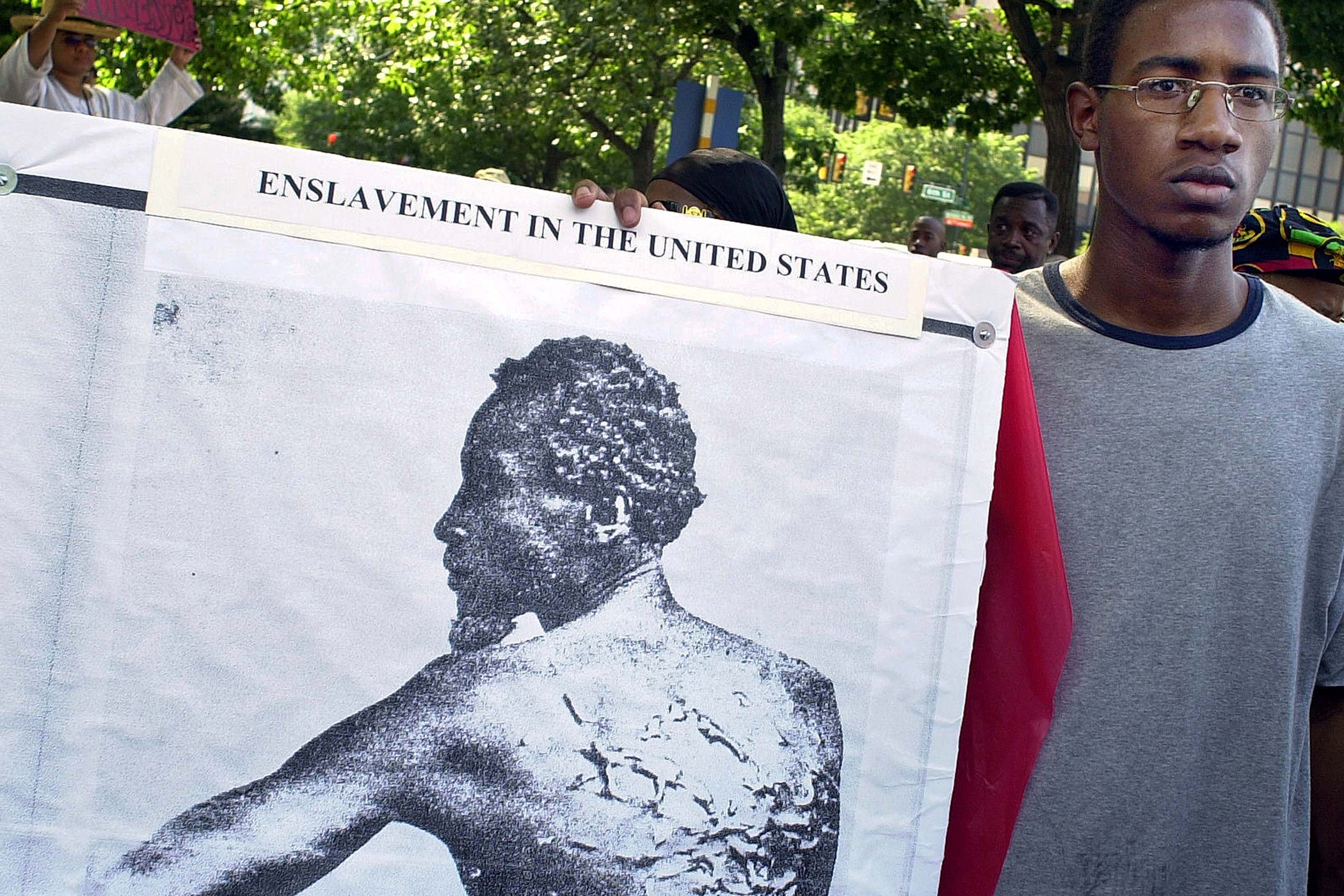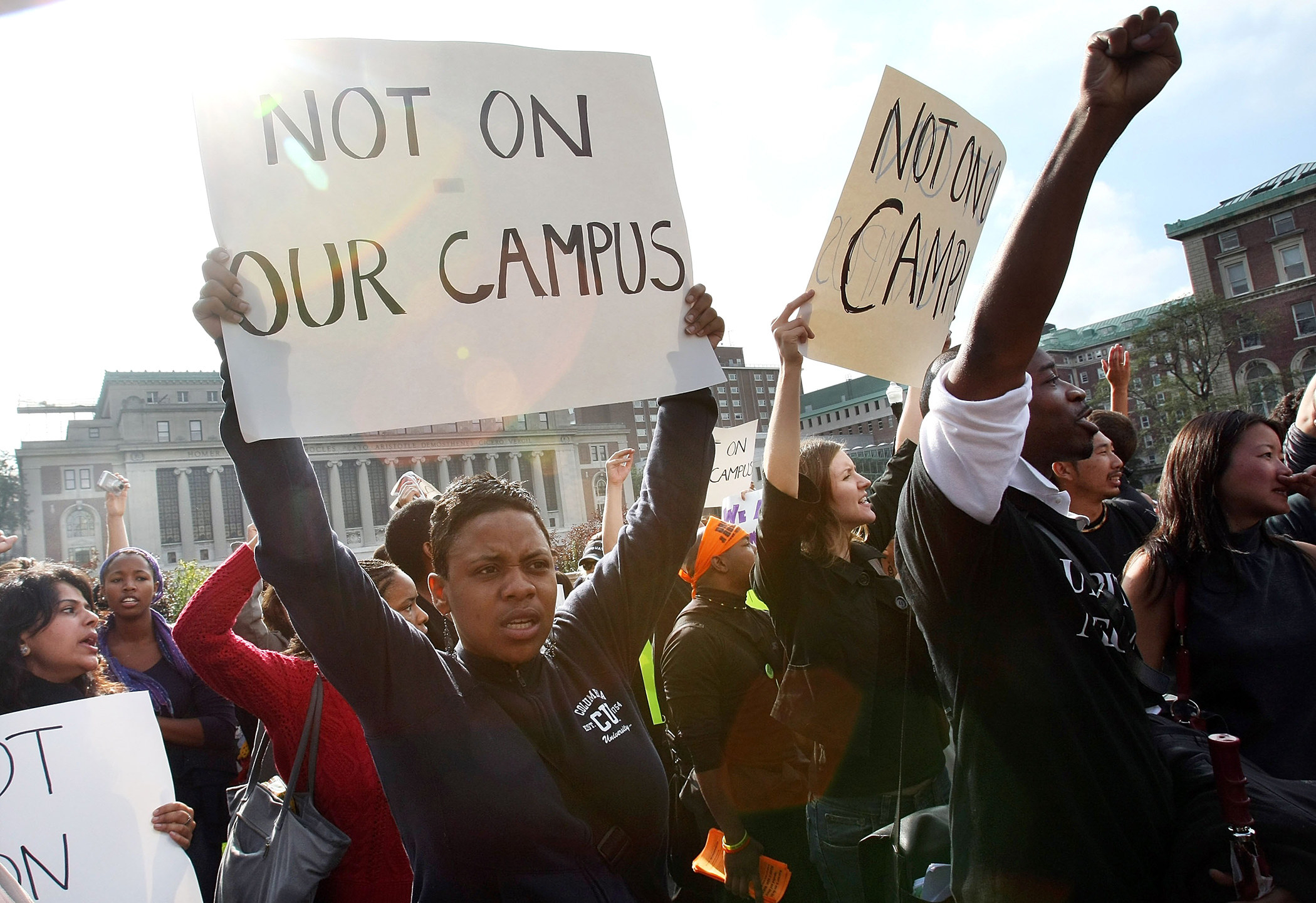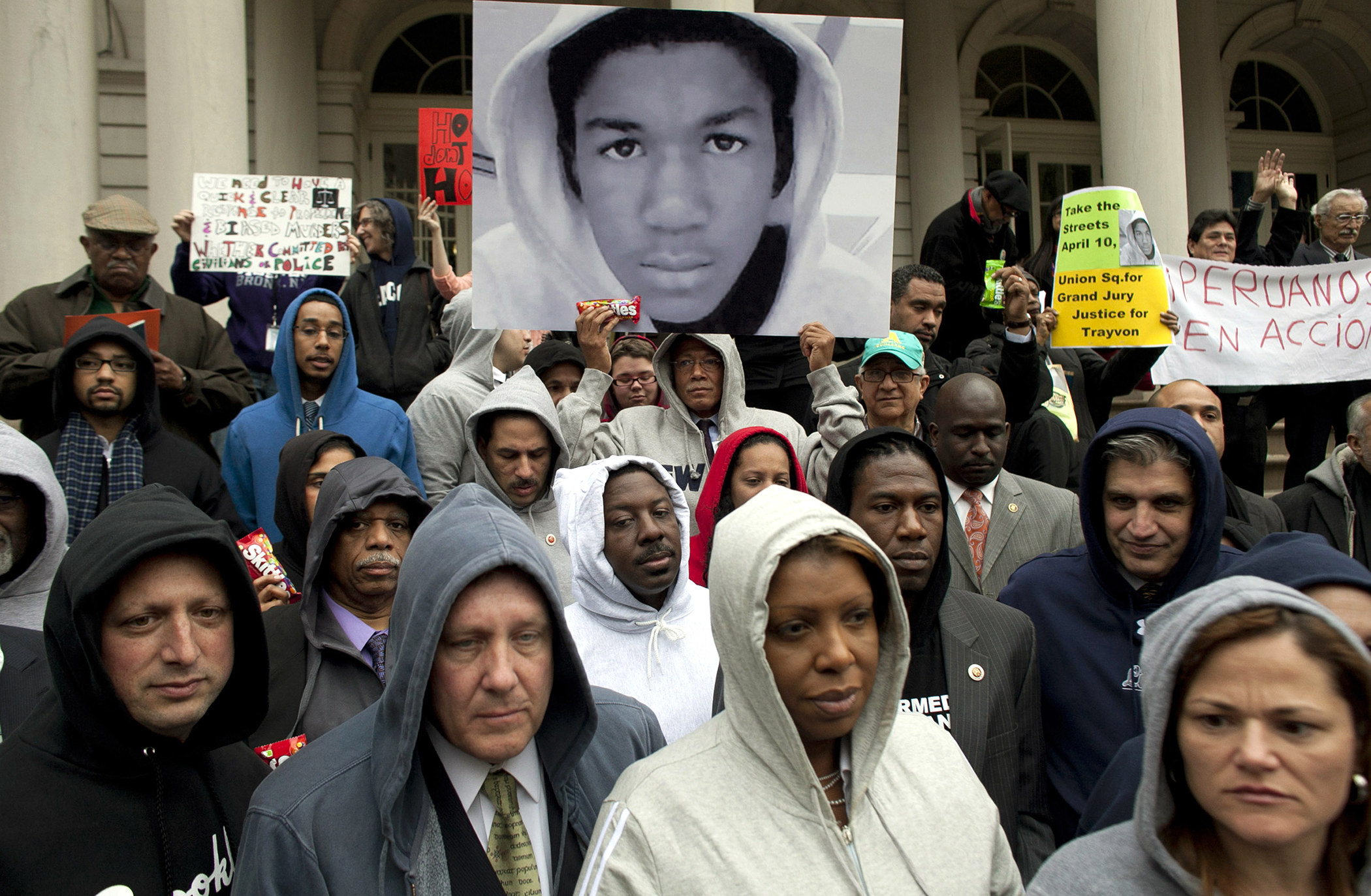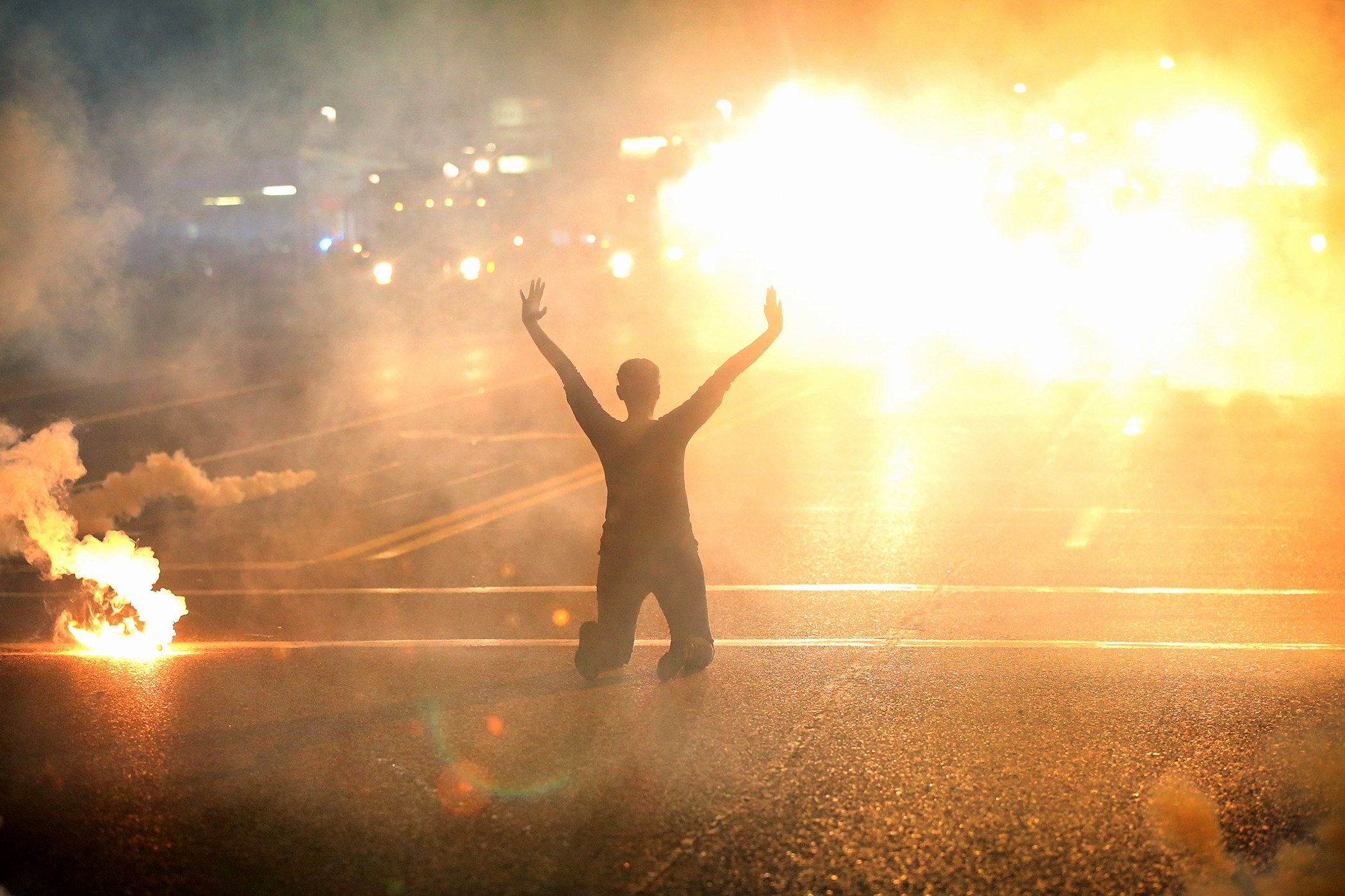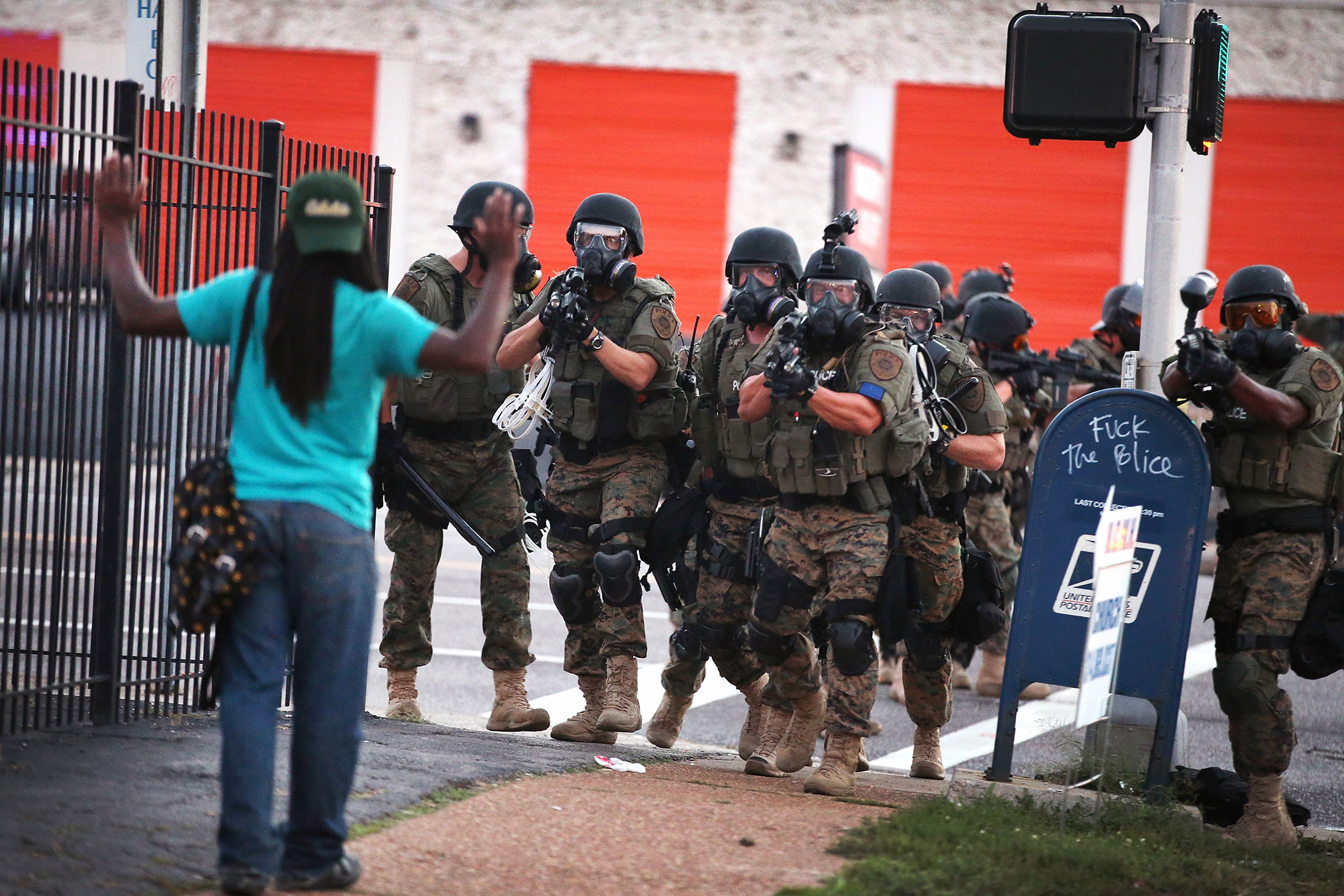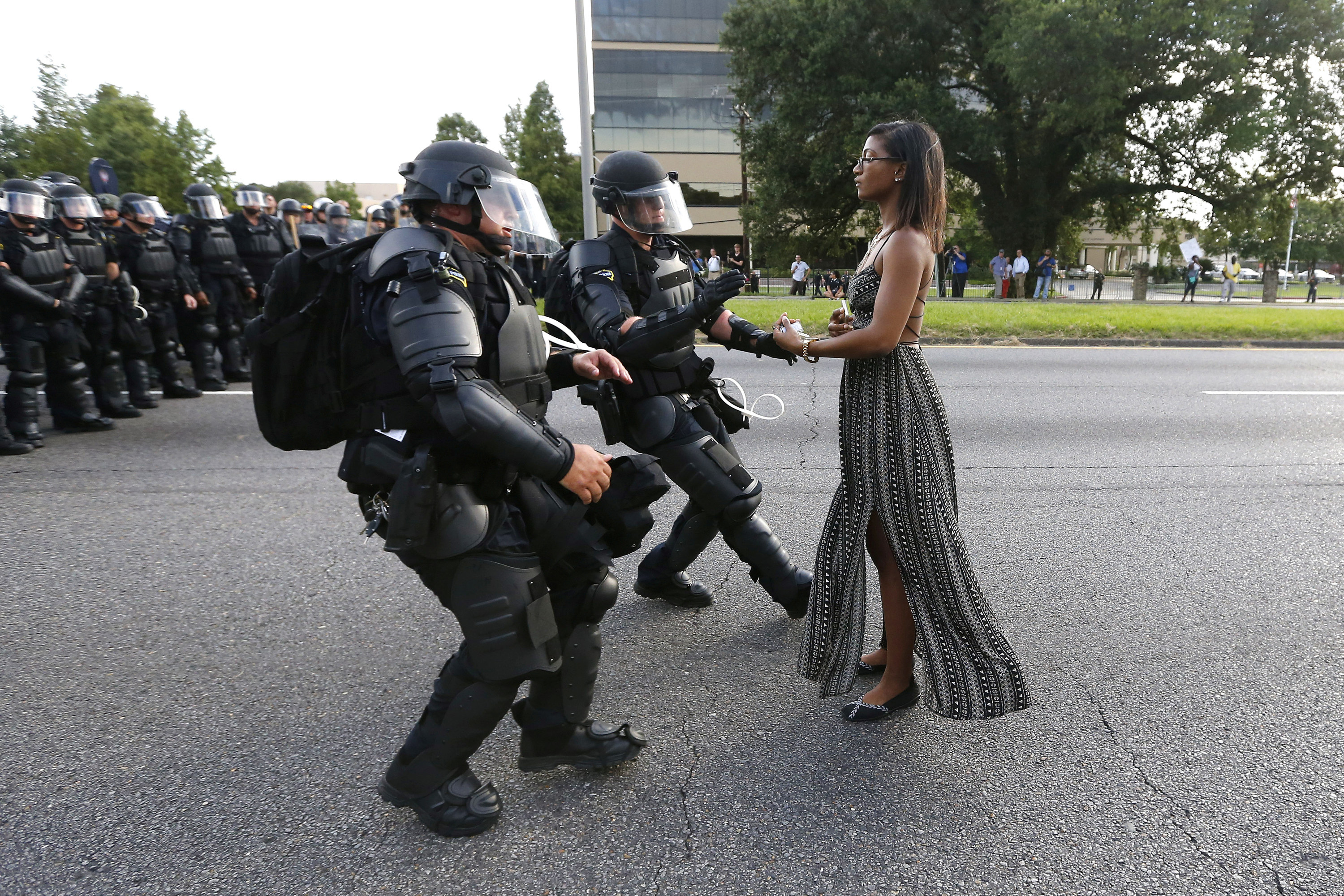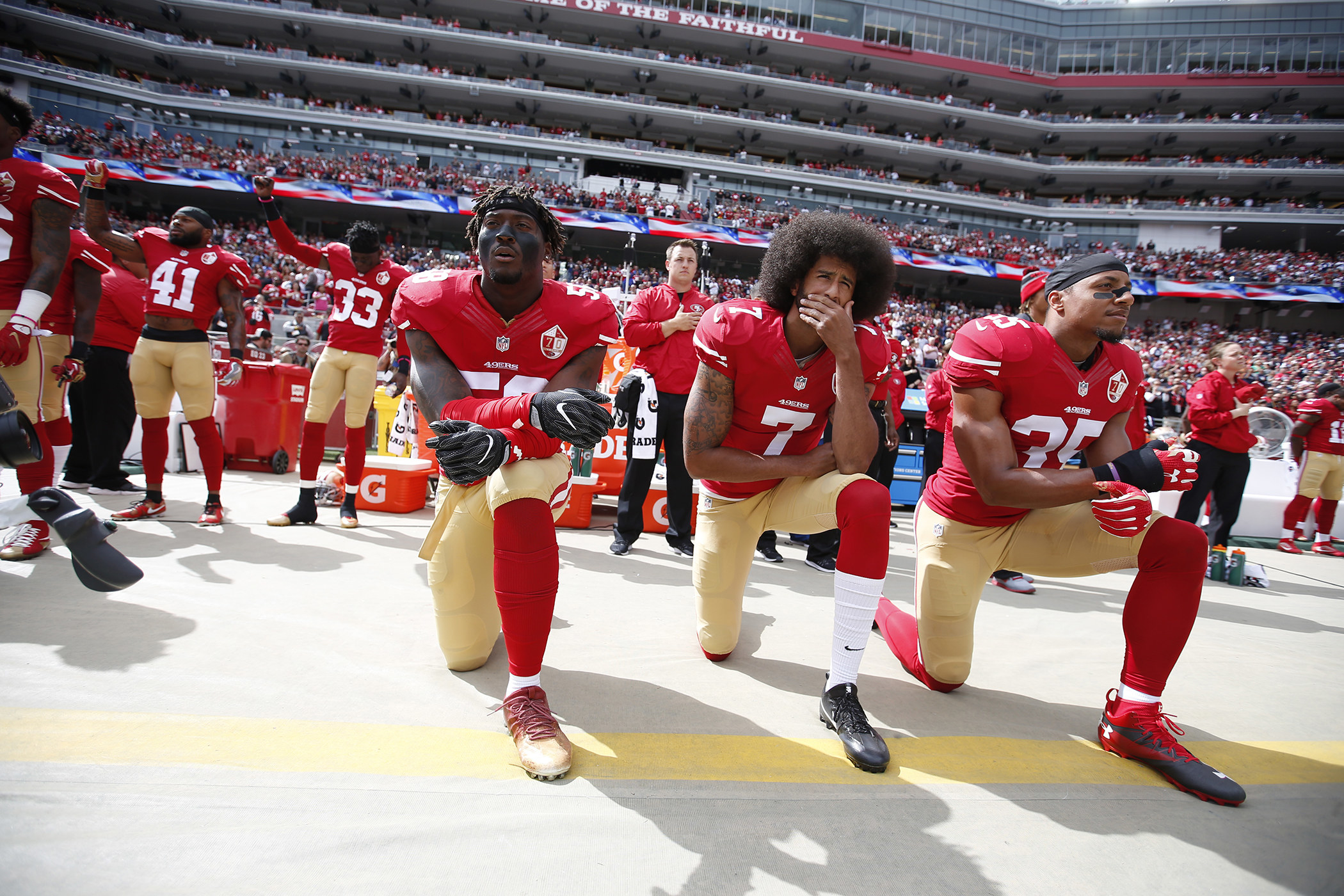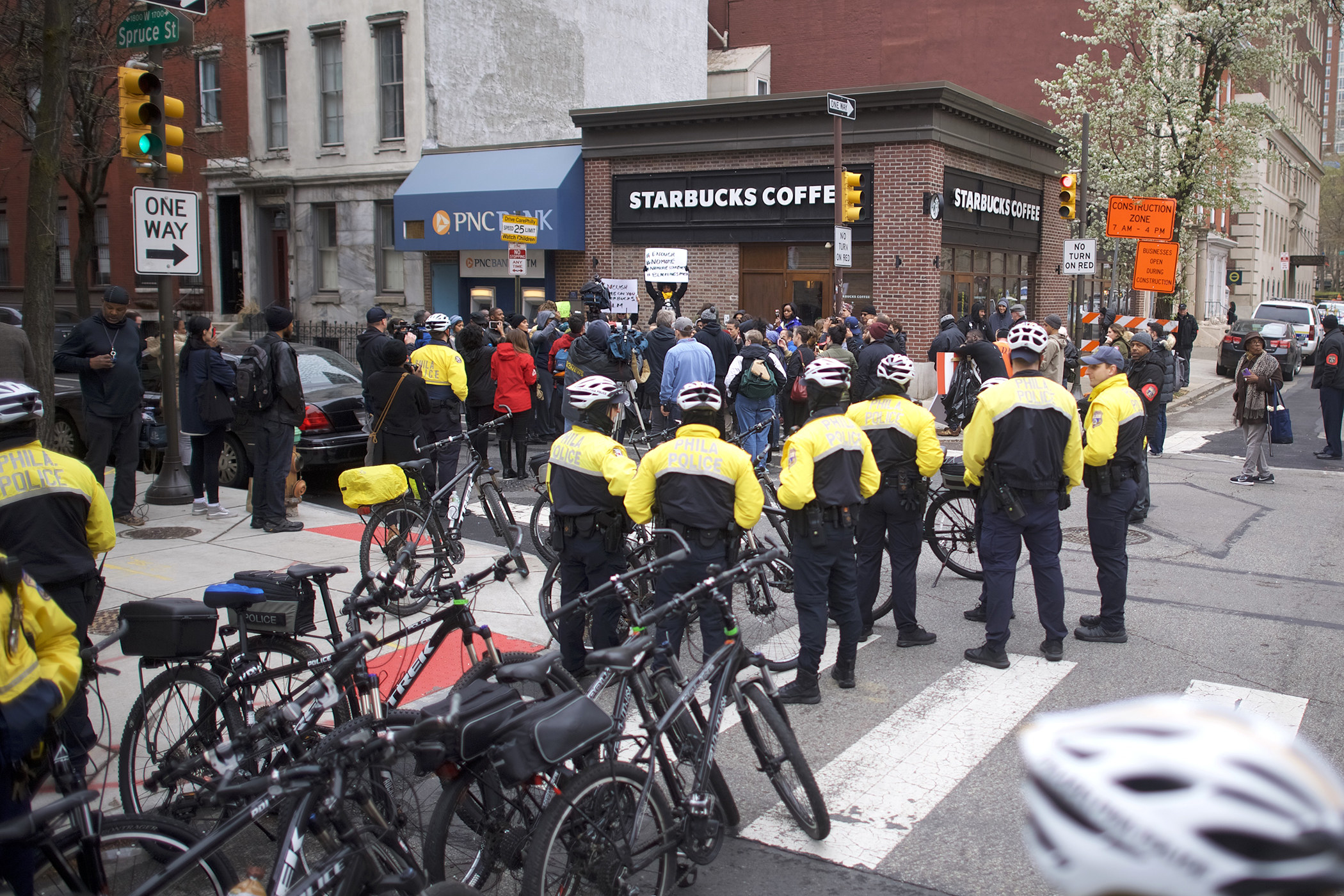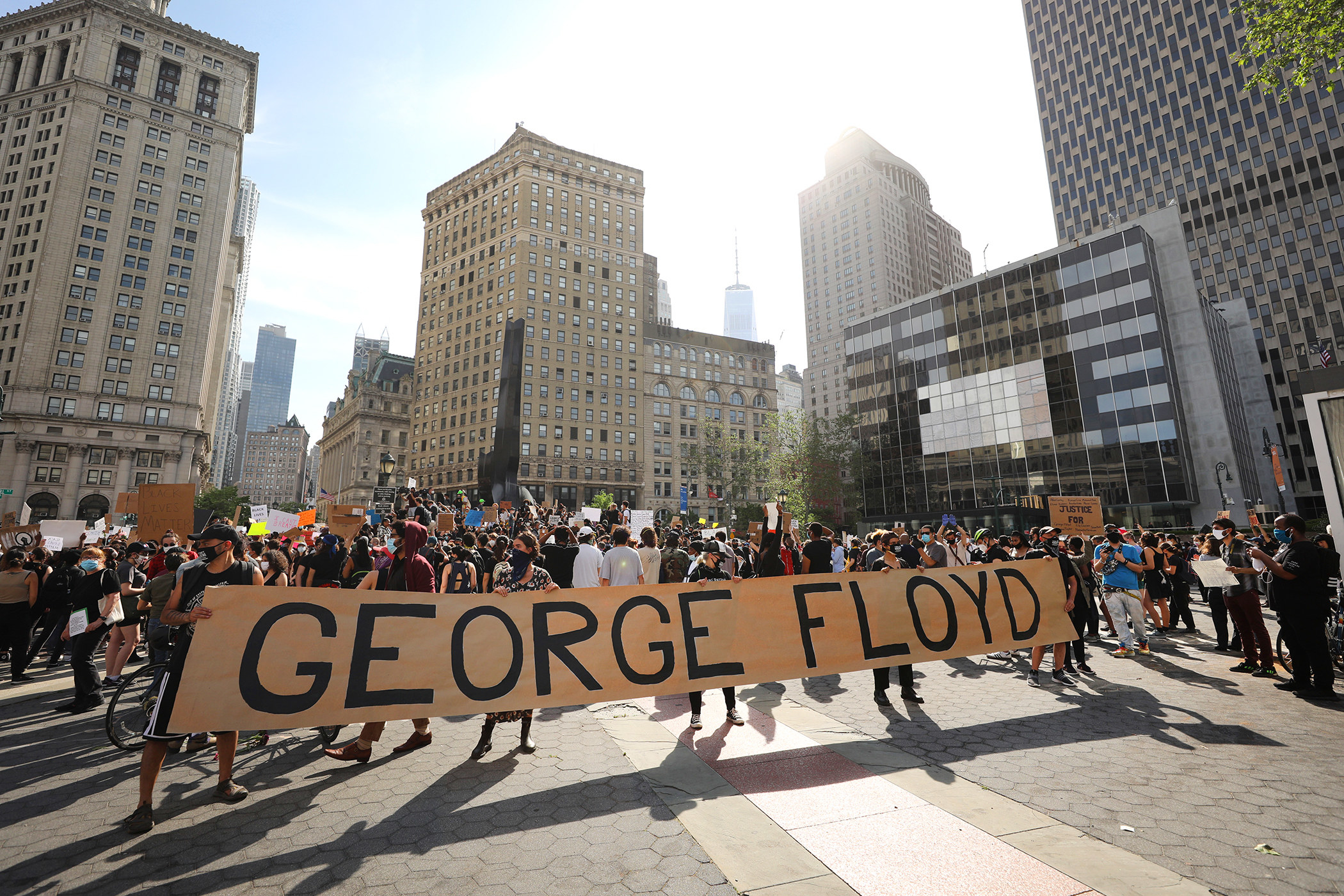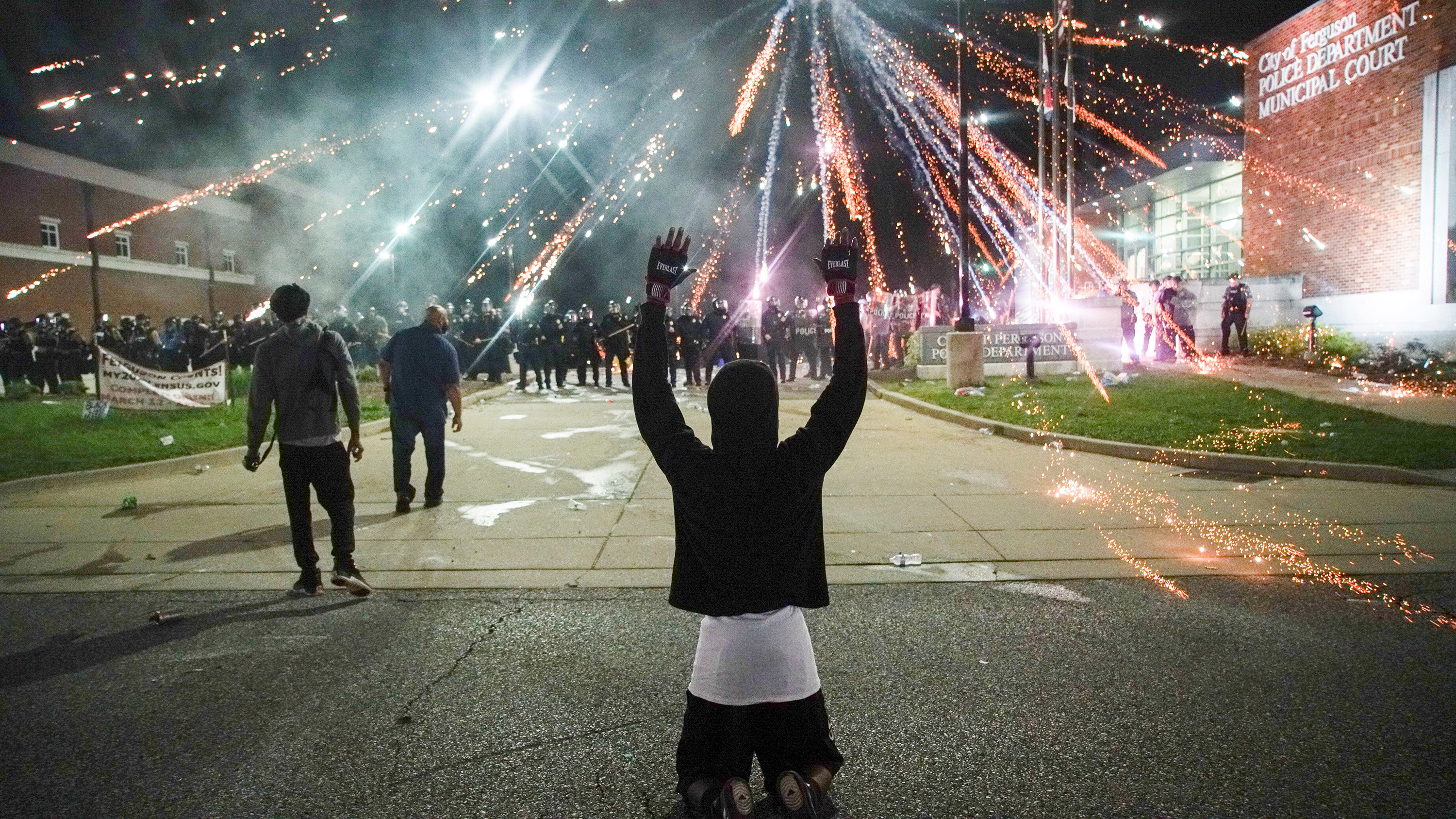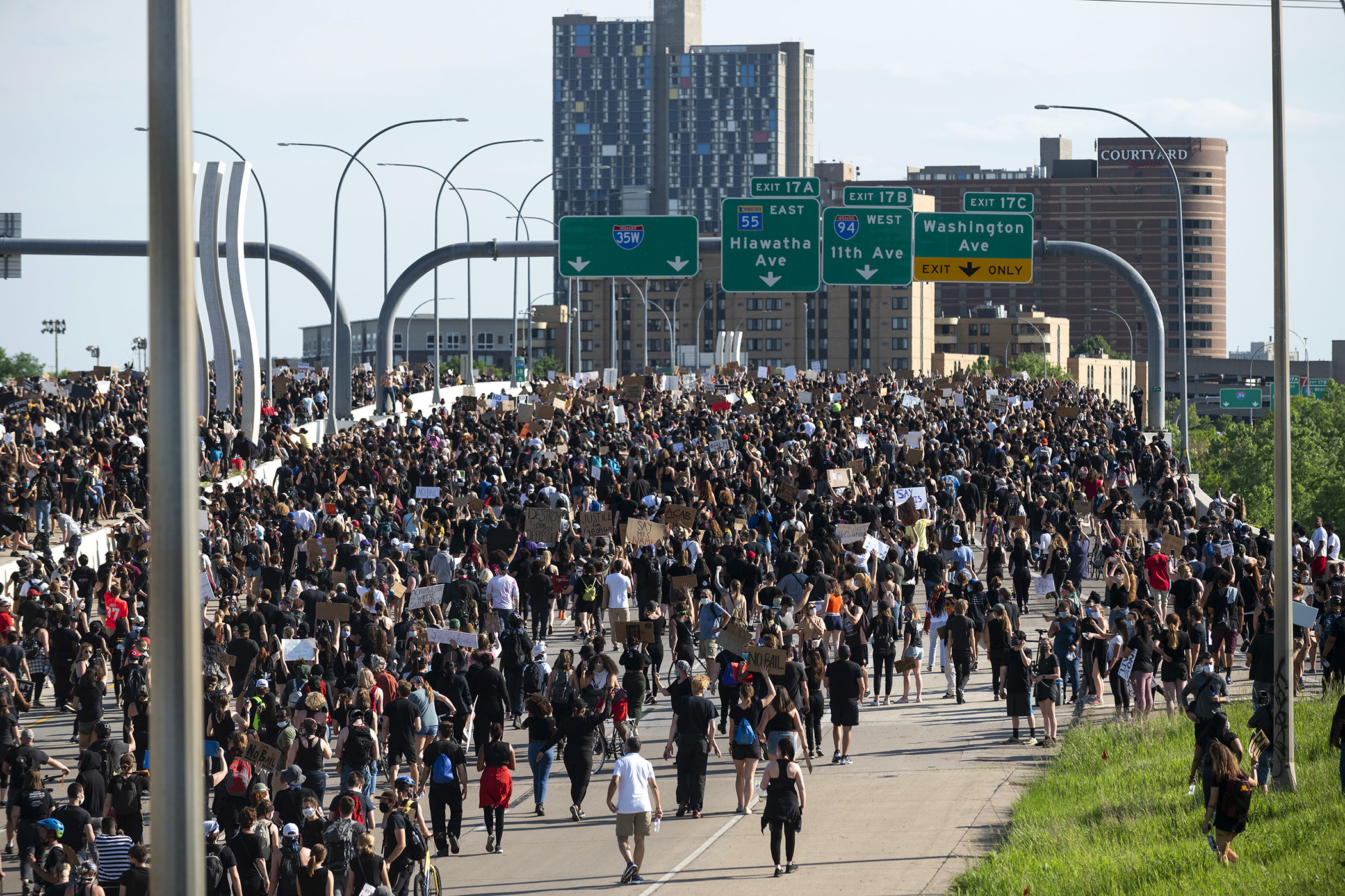
Love photography as much as we do? Sign up for the BuzzFeed News newsletter JPG for behind-the-scenes exclusives from renowned photographers and our hard-hitting photo stories.
As demonstrators across the US are raising their voices following the death of George Floyd, an unarmed Black man who was killed while in the custody of Minneapolis police, powerful images of these protests are circulating throughout the world. These photos can define a movement for years to come, and become the foundation from which future generations are able to frame their own struggles for civil liberties.
“Most Americans today learn about the Civil Rights Movement through photographs,” wrote historian Mark Speltz in Time following the 2016 shooting death of Alton Sterling by two white police officers in Baton Rouge, Louisiana. “Photographs from modern America’s defining social justice struggle are critical touchstones in the visual narrative of our nation’s past.”
The struggle for civil rights has a long visual history. For the sake of simplicity, we focused on the past 100 years, starting with 1917 when thousands of protesters took to the streets of Manhattan in mournful silence, in response to the East St. Louis race riots, which killed dozens of Black people and left thousands more homeless.
A century later, and in stark contrast to the silent protest of 1917, are the photographs captured in the days after Michael Brown was shot and killed by a white police officer in Ferguson, Missouri in 2014. There, demonstrators were met with severe force, reminiscent of the major flashpoints of the civil rights era in the 1960s — moments like the March on Washington in 1963 and the Selma to Montgomery marches in 1965. Those pictures are seared into our collective memory and offer a visual roadmap of what has been accomplished and what is left to be done.
These images also reveal how little has changed in the decades since. “Despite the distance of the decades,” Speltz wrote in 2016, “the moving imagery of the emerging Black Lives Matter movement builds upon a visual narrative of protest and struggle that remains all too relevant in the present.”
These pictures chronicle over one century of protests for racial justice in America.
